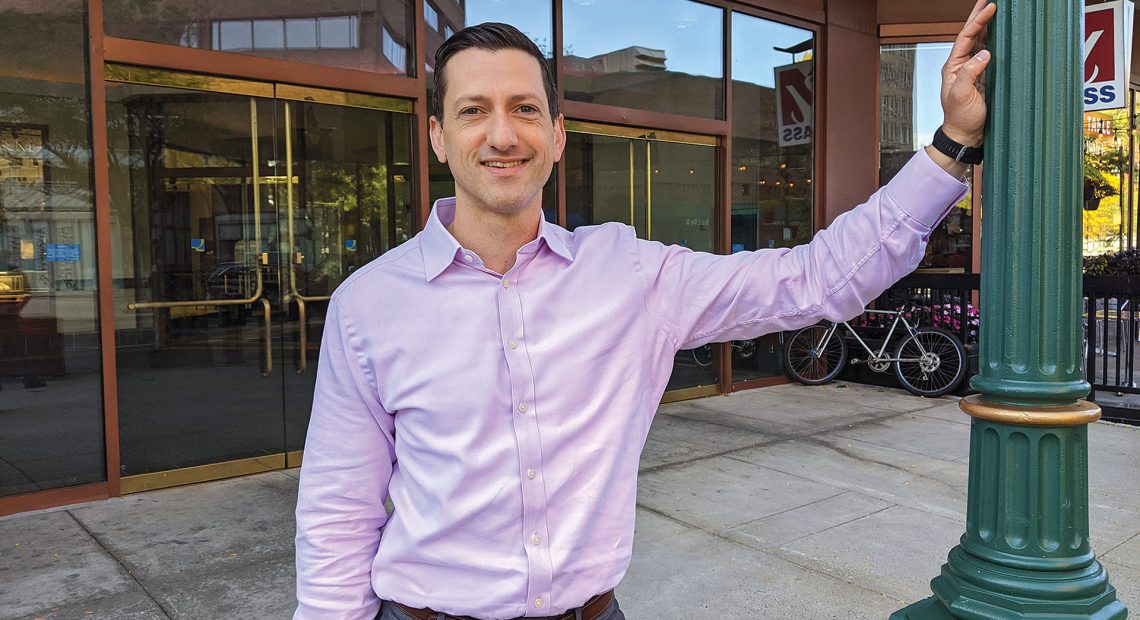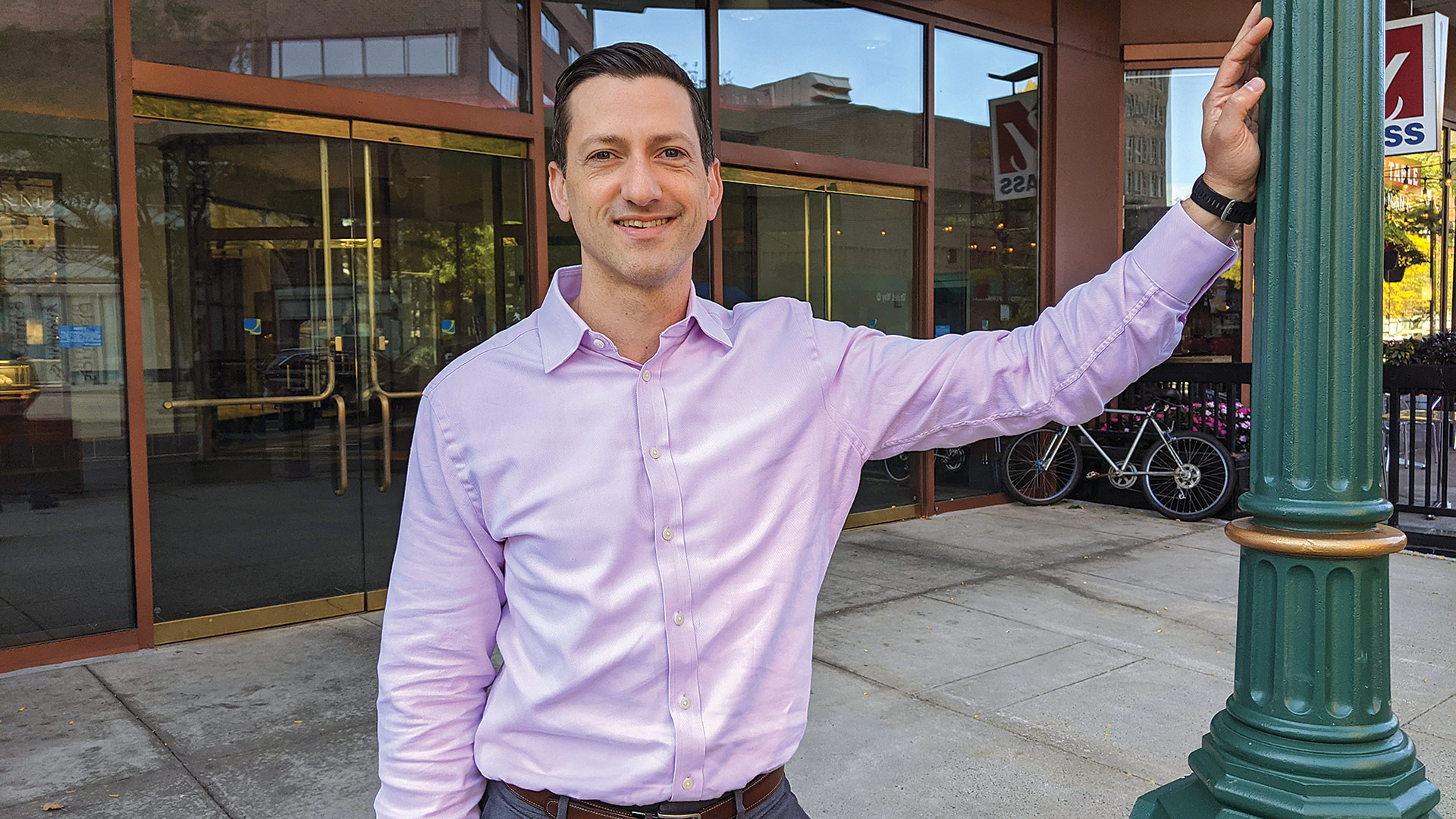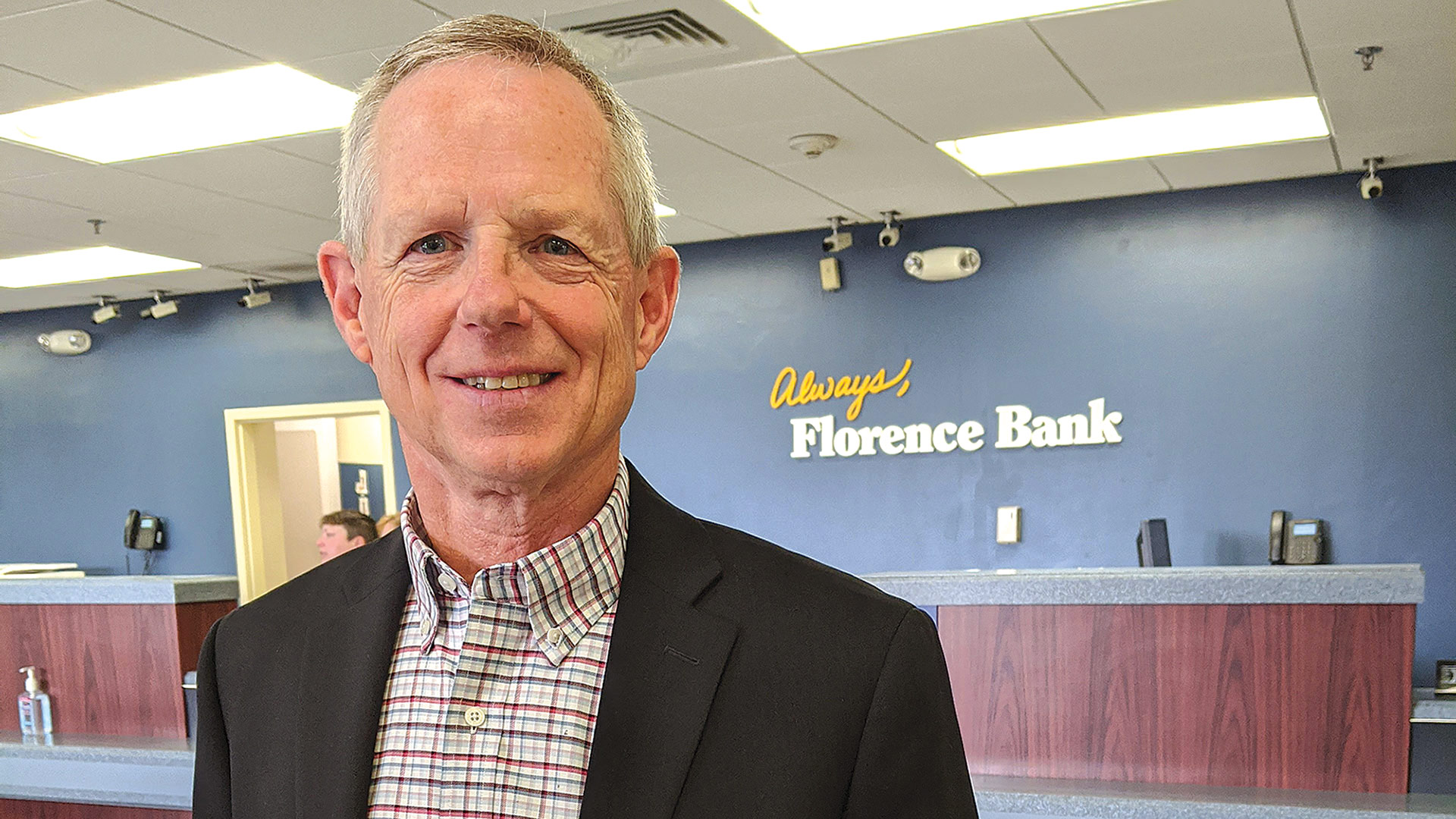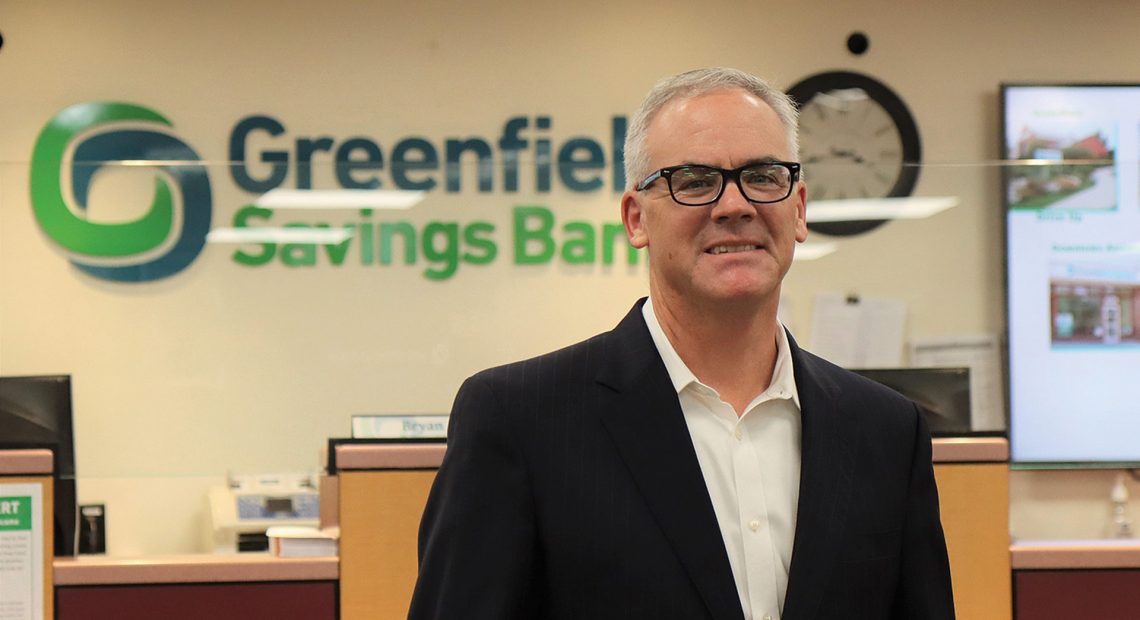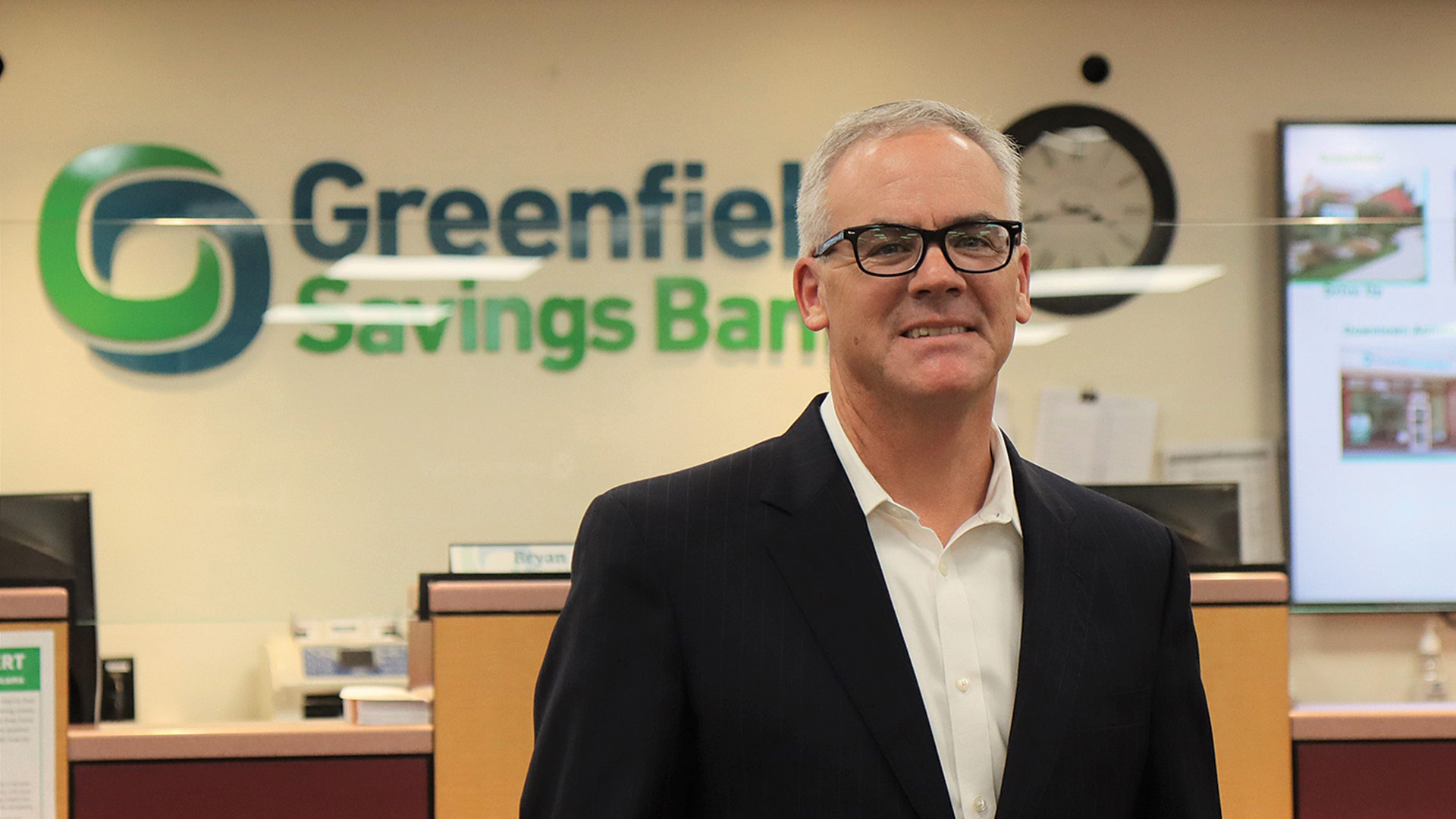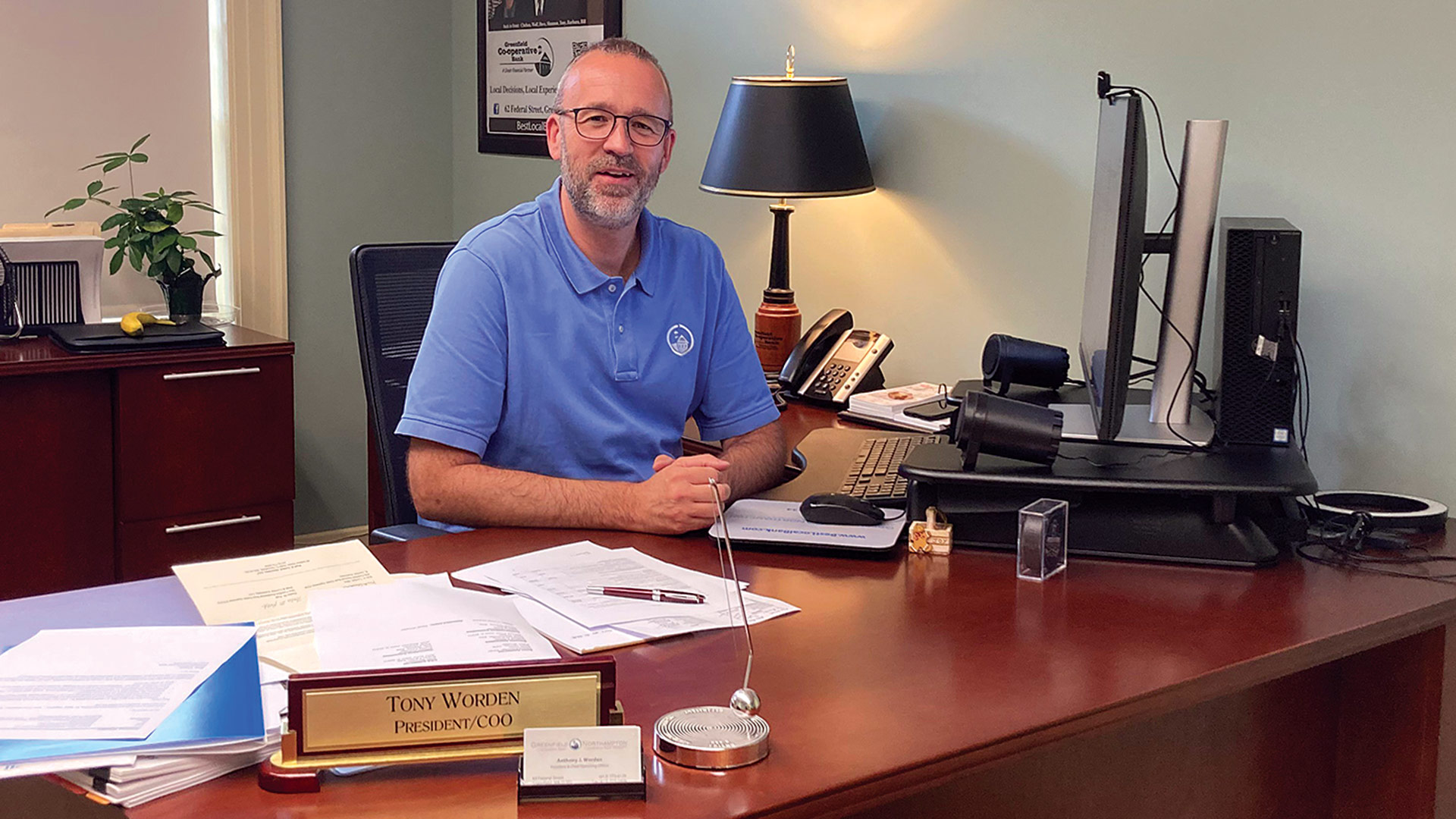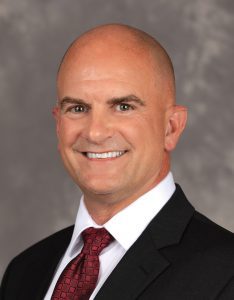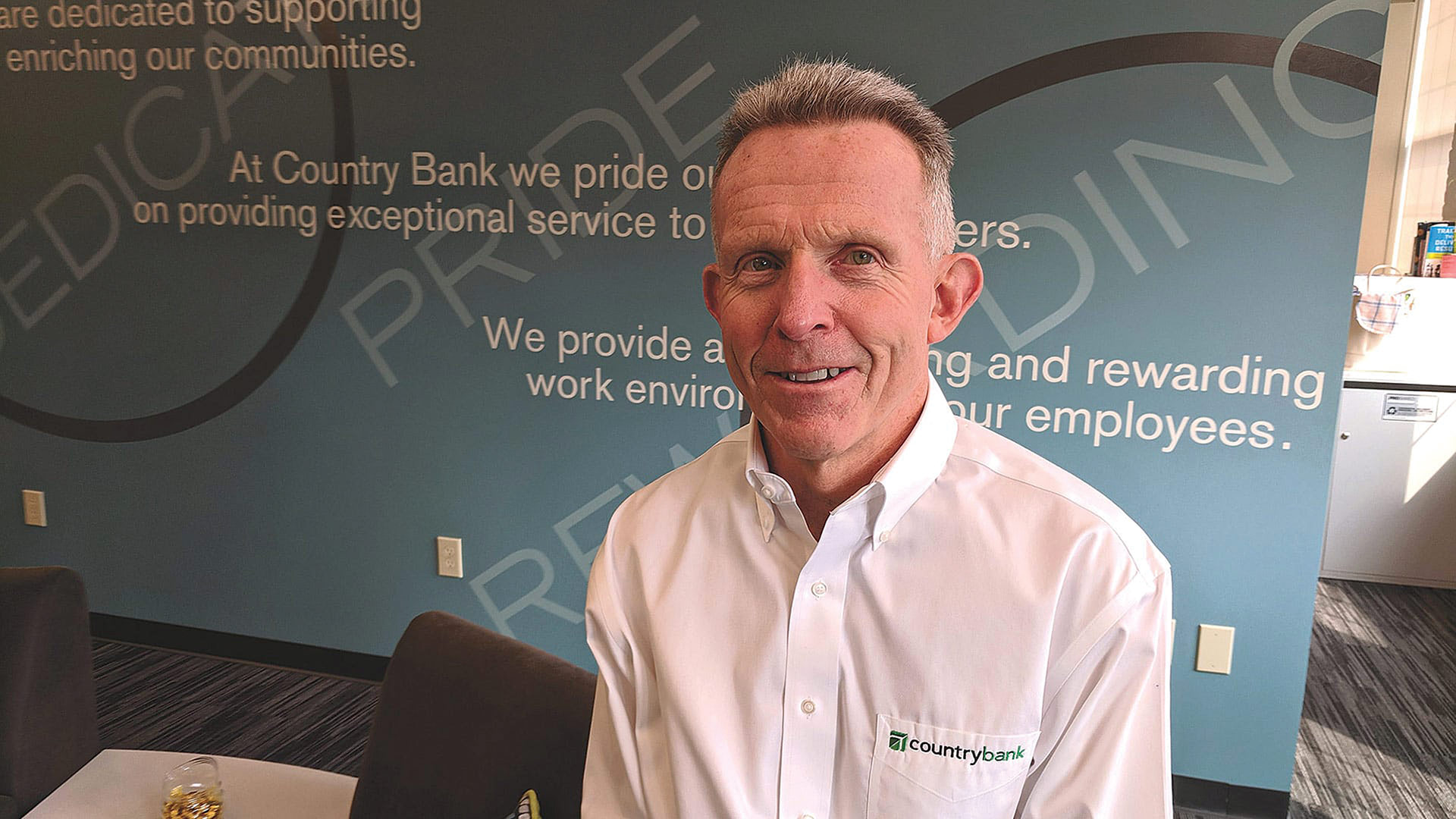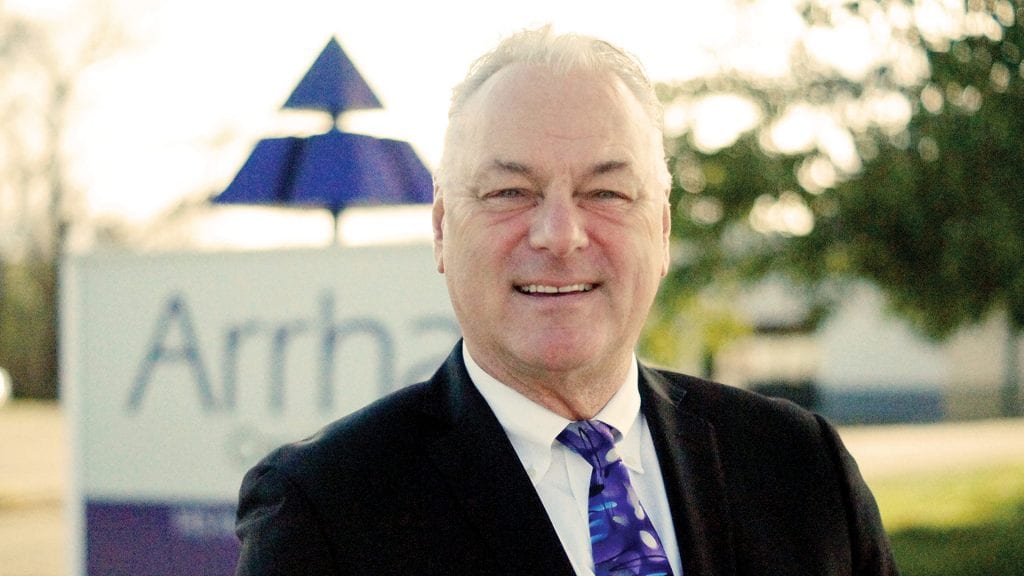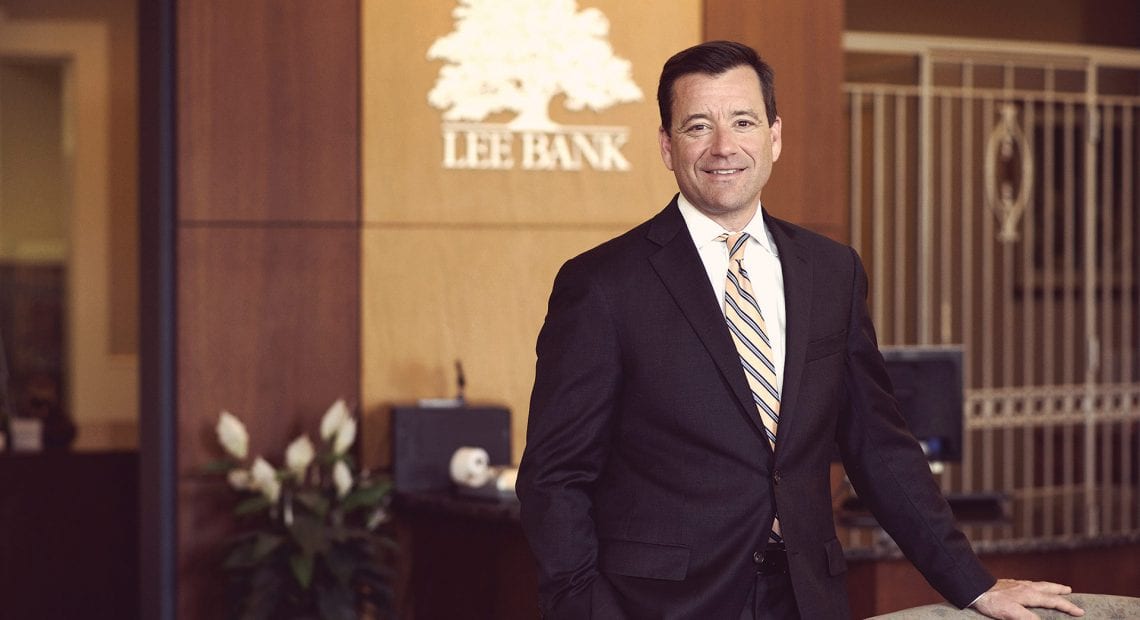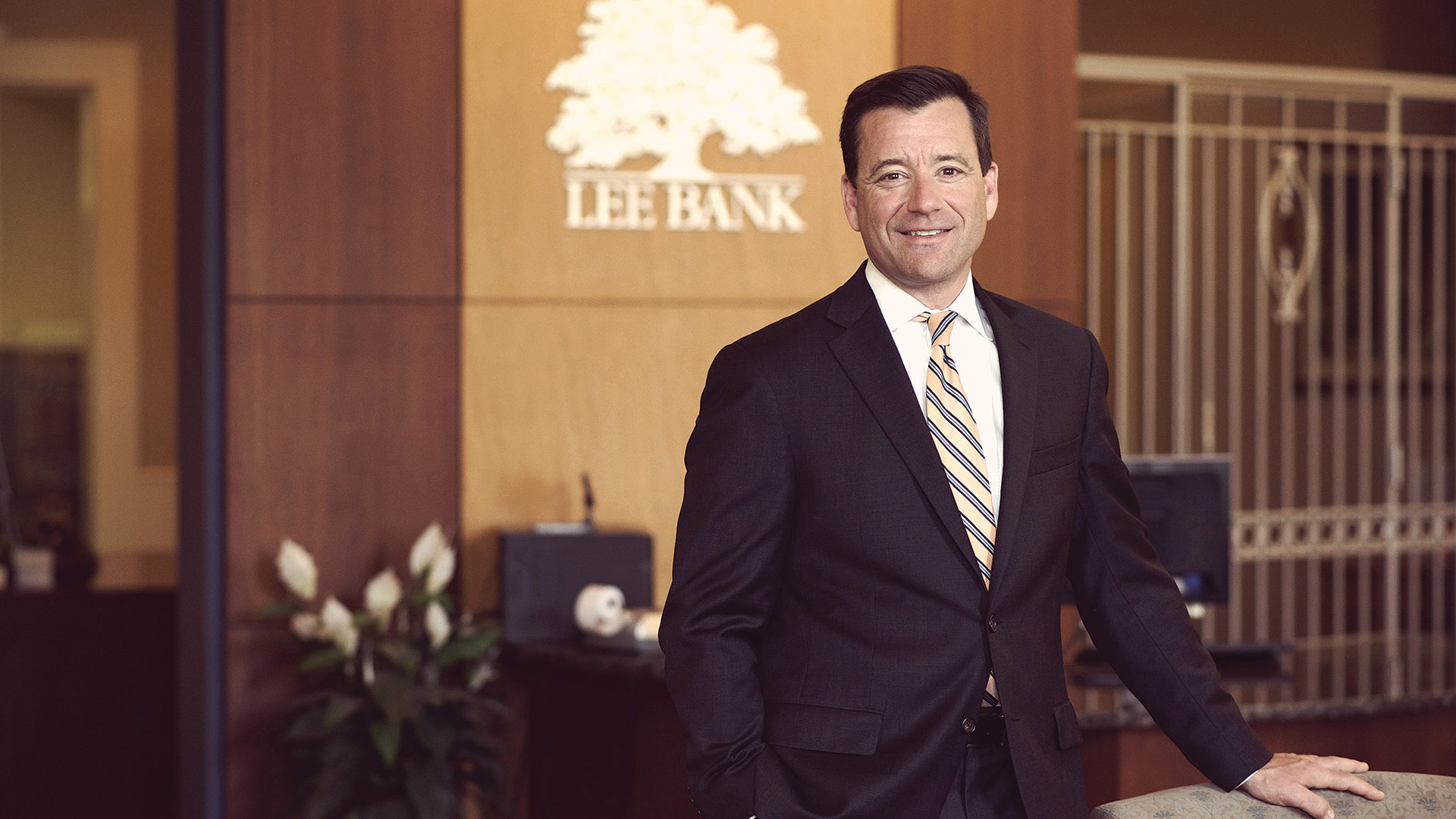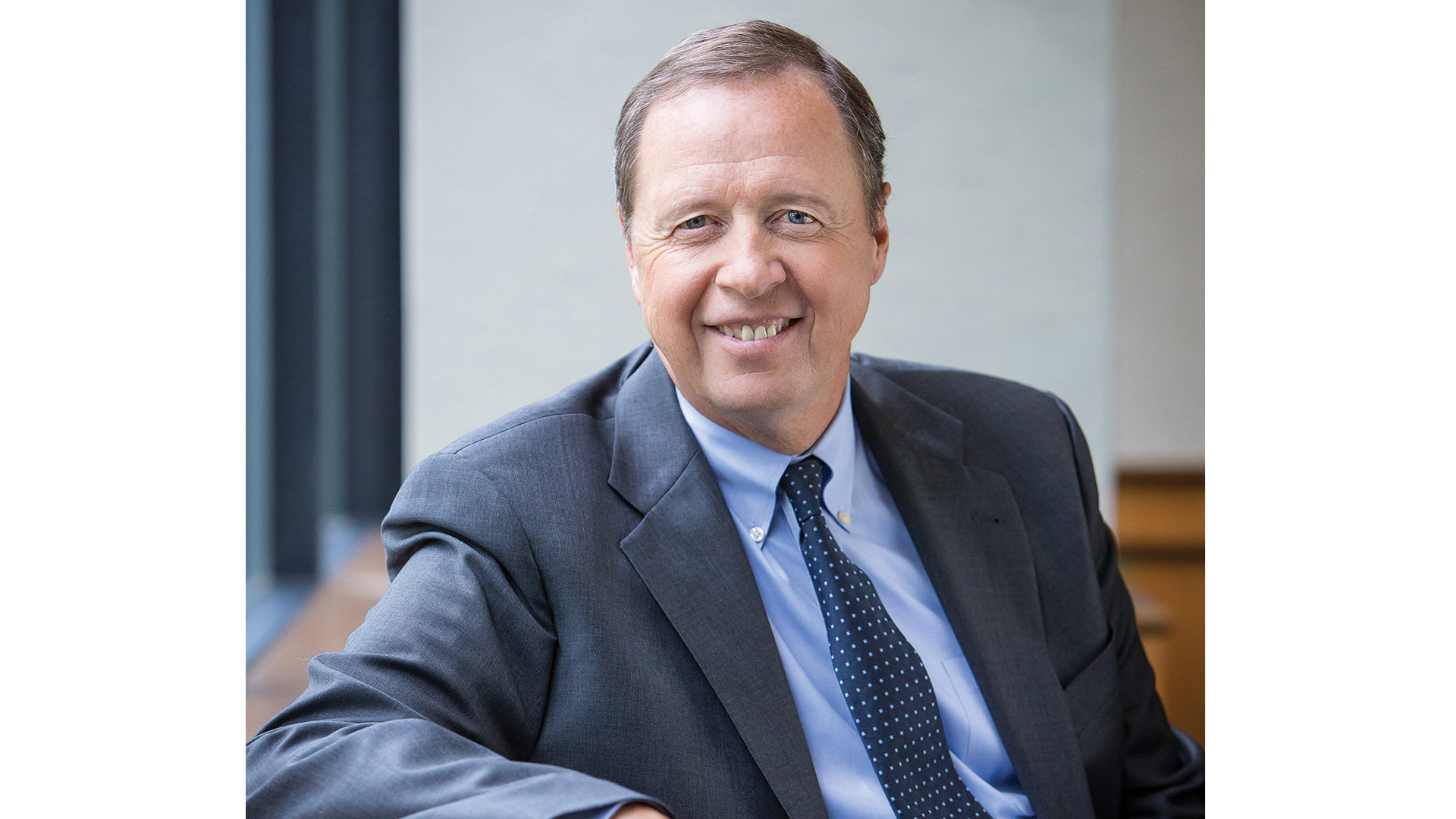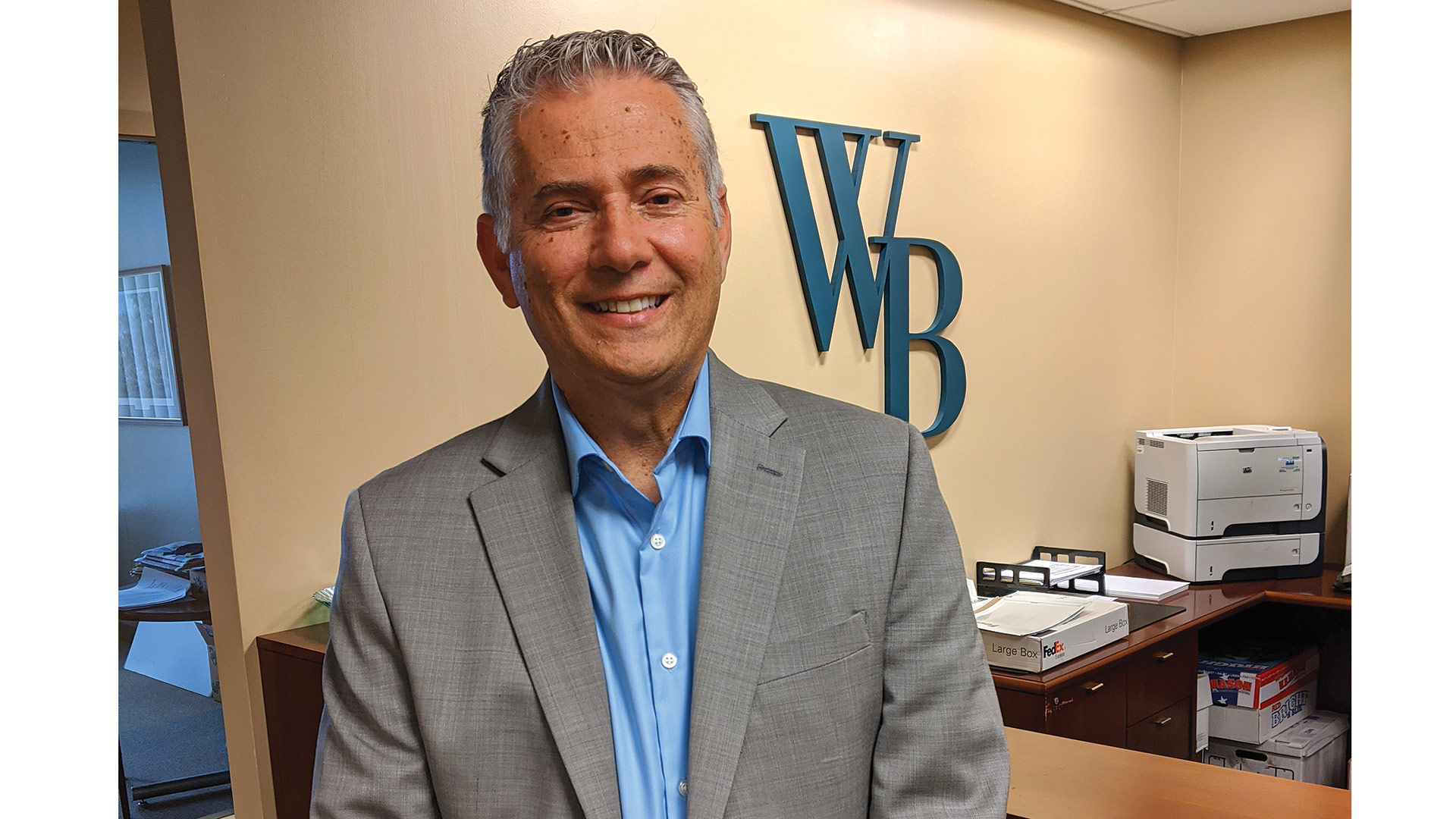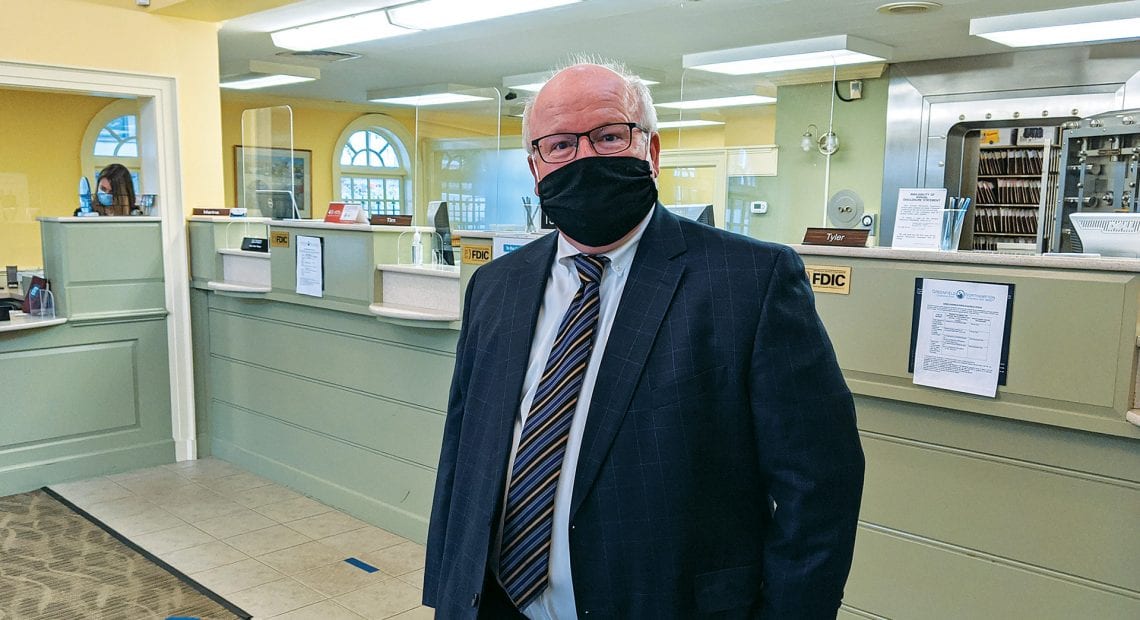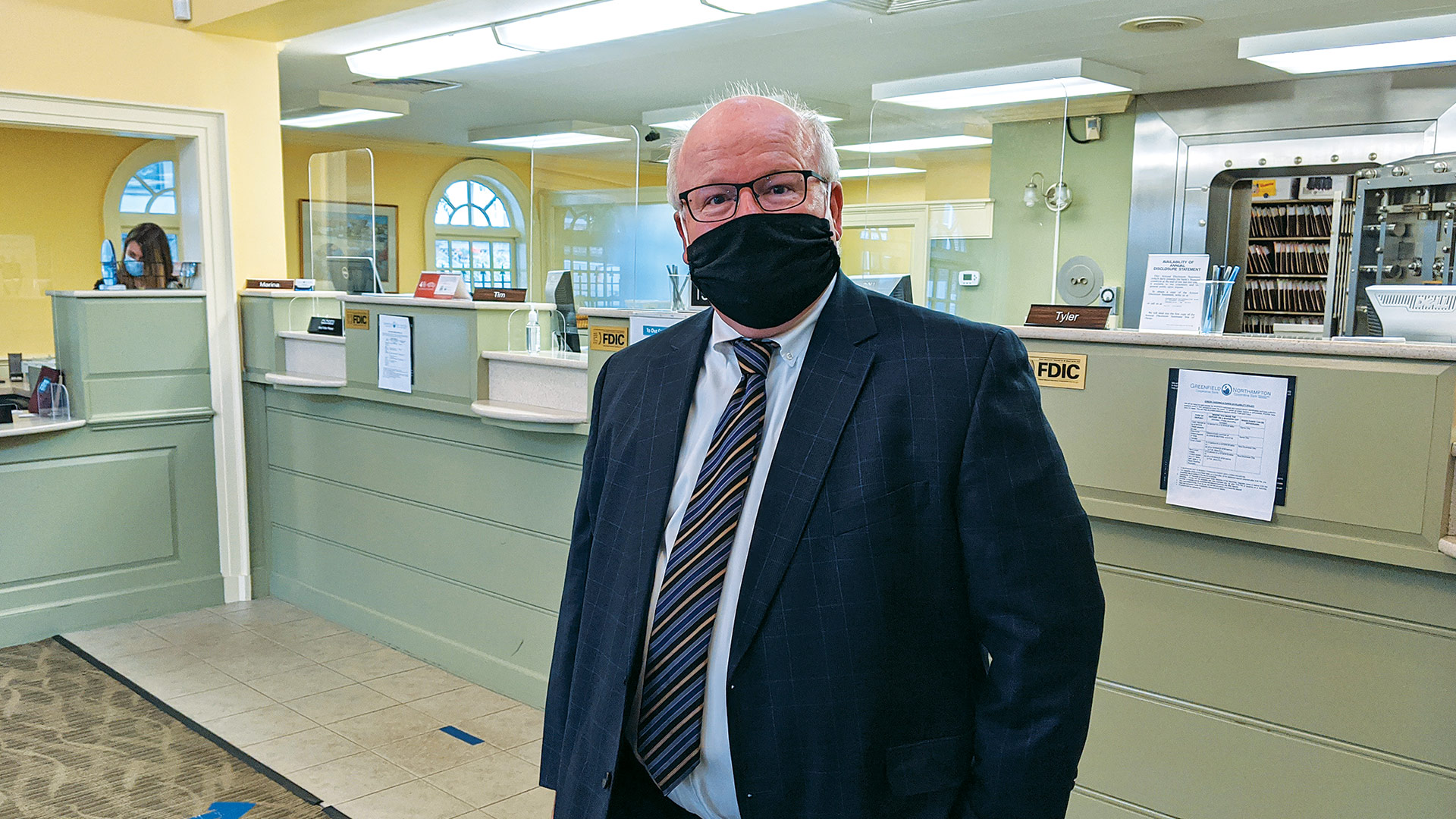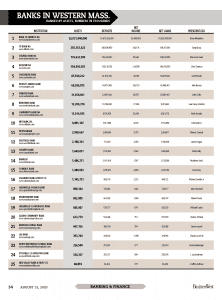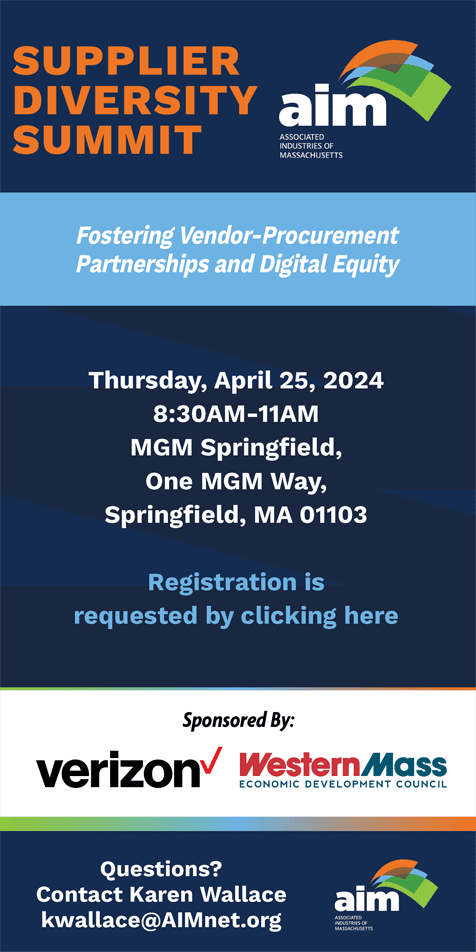Community Interest
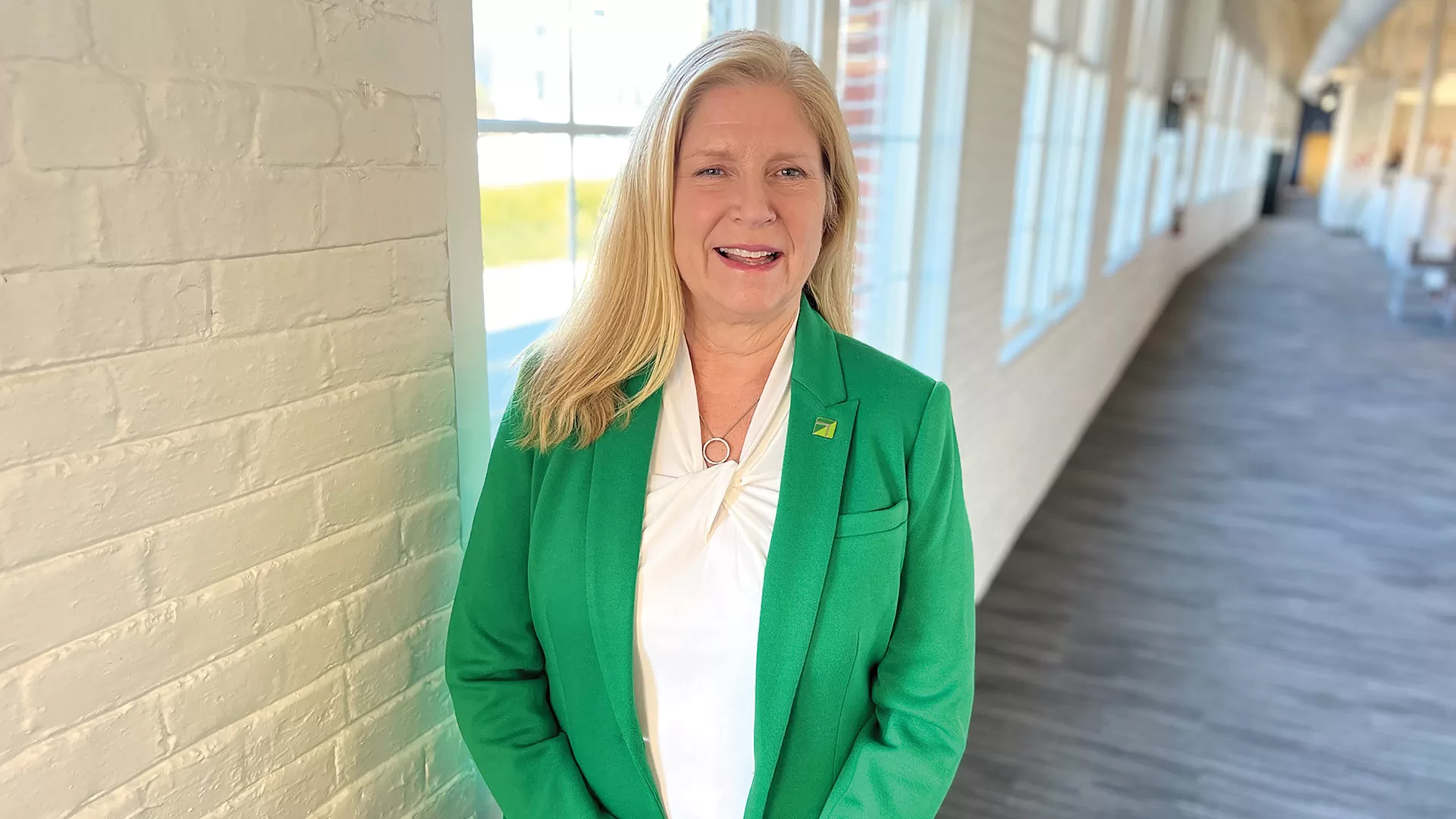
Mary McGovern, incoming president of Country Bank.
When asked why Country Bank supports local nonprofits, incoming President Mary McGovern gave a simple answer. “It’s a way for us to make a difference in our community.”
Then she elaborated.
“We have a tagline we adopted two years ago, ‘made to make a difference.’ We feel that encapsulates what Country Bank is all about, trying to make a difference in our community. It’s something we’ve done over the history of Country Bank, and we continue to make a positive impact by supporting local nonprofits, specifically the kind that rely on donations from their local businesses to help support them.”
Those efforts have focused in recent years on a number of priorities, she added, including food insecurity, health, education, and financial literacy, as well as homeless shelters, senior-serving programs, youth organizations, and more.
To that end, Country reported more than $1.2 million in donations in 2023, with 463 organizations receiving grants. One highlight last year was a partnership with (and $30,000 donation to) the Wonderfund, which aims to improve the lives of individuals in the Department of Children and Families system.
That large number of supported nonprofits resonates with Matt Bannister, senior vice president of Marketing and Corporate Responsibility at PeoplesBank, who was named a 2024 Difference Maker by BusinessWest last month for his extensive role in the bank’s community-support efforts. PeoplesBank recorded $1.6 million in donations last year to more than 550 area nonprofits, making the average grant just under $3,000.
“We continue to make a positive impact by supporting local nonprofits, specifically the kind that rely on donations from their local businesses to help support them.”
“We give a little to a lot of groups. We don’t tend to do large capital campaigns,” he said. “One big ‘yes’ often means a lot of little ‘no’s.’ So many nonprofits out there are doing good work, so it feels wrong to say ‘no’ to people.”
So, outside of a few big splashes — like a major donation to help the Food Bank of Western Massachusetts build its new headquarters — spreading the wealth around is a guideline the bank tends to stick with.
“The overall philosophy for our funding is we want to level the playing field — give opportunities to those who are disadvantaged and need more help,” Bannister added. “We have funding areas — food insecurity, housing, economic development, etc. — and the overarching principle of all these funding areas is to level the playing field.”
Many area institutions share their donation figures each year; Pittsfield Cooperative Bank donates nearly $200,000 — a striking number, considering it boasts around $385 million in total assets — through its charitable contributions to regional scholarships, youth mentorship programs, and nonprofit, economic-development, and health and human-service organizations.
Meanwhile, the Liberty Bank Foundation granted $1,453,742 to local nonprofits in 2023, including $10,000 as an annual ‘holiday gift’ from the bank, with the recipient chosen by bank customers. And Greenfield Savings Bank (GSB) gave more than $1 million in 2023 to more than 300 organizations.
Peter Albero, GSB’s chief financial officer and treasurer, noted that, while profits have been challenged over the past couple years by rising interest rates, the bank has not cut back on its financial support in the community, or its level of employee volunteerism.
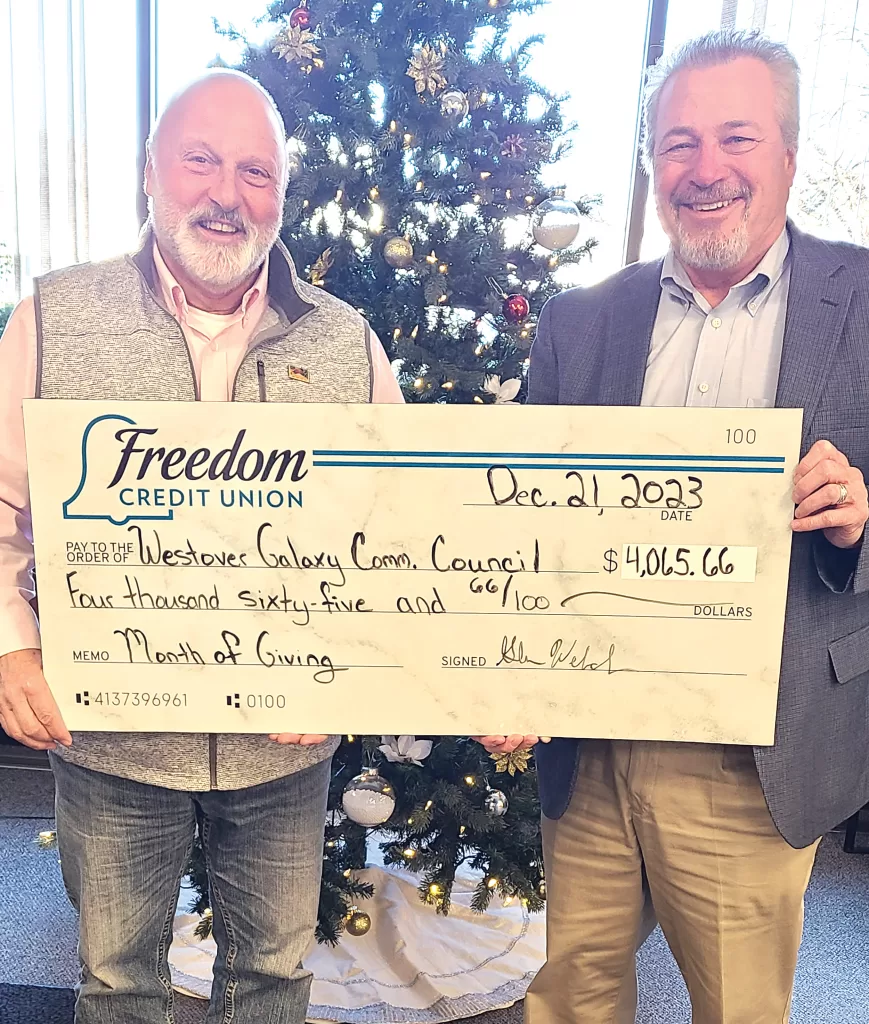
Freedom Credit Union President Glenn Welch (right) presents a check to John Beaulieu, president of the Westover Galaxy Community Council, one of the recipients of Freedom’s Month of Giving campaign.
“Profitability may be reduced, but we have not reduced our commitment to our communities. I think we are a pillar of Greenfield and the broader community,” Albero said. “So we continue to reinvest in the community, and everyone benefits from that.”
A.J. Bresciano, first vice president and commercial loan officer at GSB, agreed.
“Even in a higher-interest-rate environment, we’re taking measures to ensure our impact in the community is not being impacted and not deteriorating. So many local organizations throughout the Pioneer Valley rely on contributions of time, talent, and treasure. We make supporting those organizations a priority at Greenfield Savings Bank, and we want our team members to invest going forward.”
Philanthropic Priorities
Bannister made it clear that banks are required, to some degree, to be involved in their communities in a charitable way, noting that bank examiners make sure a bank’s locations and loan activities are representative of where it does business — meaning not just serving and lending to those with high incomes or profits — and they also ask how the institution gives back to the community.
“The challenge with that is there’s no right answer. We just have to go to the examiners each year and say, ‘here’s what we did.’ And when we give, we make sure a substantial amount that we give away benefits LMI — lower- to middle-income communities.”
Area banks and credit unions have increasingly inspired employees and customers to involved in giving efforts as well. In 2023, Freedom Credit Union contributed $181,898 to more than 70 charitable organizations throughout the four counties of Western Mass.
Of that, corporate charitable giving accounted for $130,432, but throughout the year, Freedom also conducts Month of Giving campaigns, in which customers can support a specific organization each month; those programs raised $17,316 in 2023. And local branch and department giving contributed an additional $34,150 to local charities.
“Our members and staff are passionate about supporting the community where we live, work, and serve,” Freedom Credit Union President Glenn Welch said. “In 2023, we were proud to donate funds for a wide variety of deserving institutions.”
“We give a little to a lot of groups. We don’t tend to do large capital campaigns. One big ‘yes’ often means a lot of little ‘no’s.’ So many nonprofits out there are doing good work, so it feels wrong to say ‘no’ to people.”
Other institutions take customer involvement to the polls. Both Florence Bank and Monson Savings Bank boast popular programs — called the Customers’ Choice Community Grants Program and the Community Giving Initiative, respectively — that complement other bank philanthropy by letting customers vote for nonprofits to support.
Through that initiative, Florence Bank awarded $150,000 to 46 area nonprofits in 2023, the 21st year of the program; the higher-than-usual total commemorated the bank’s 150 years in business.
“It’s amazing to see so many community organizations being recognized, and the fact that the recognition comes from Florence Bank customers in the form of votes is really special,” President and CEO Matt Garrity said.
Meanwhile, in the 14th year of its community-giving program, Monson Savings Bank awarded a total of $15,000 to the 10 top vote-getting nonprofits.
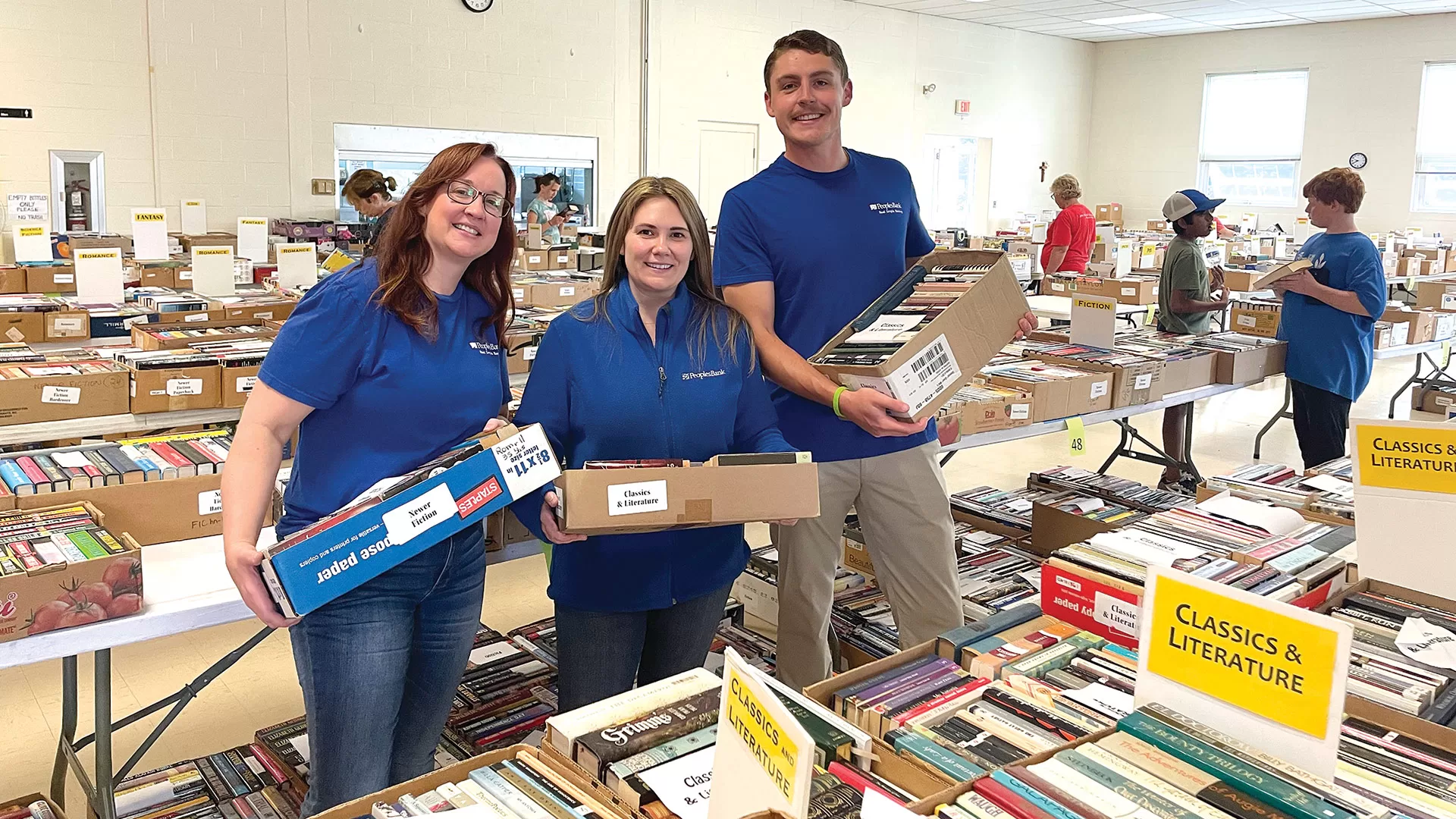
A team of PeoplesBank employees volunteers at Kent Memorial Library in Kent, Conn.
“Everyone’s passion for our annual Community Giving Initiative is always so exciting,” said Michael Rouette, the bank’s executive vice president and chief operating officer. “As a locally operated bank, Monson Savings has a great desire to support the residents, businesses, and nonprofits of the communities that we work in and live in.”
President and CEO Dan Moriarty added that “these organizations are worthy nonprofits that supply important resources to our communities. It is clear why they were chosen by our community members to receive support from Monson Savings.”
More Than Money
But community banks and credit unions in Western Mass. aren’t just giving money; many also emphasize a culture of volunteerism, even providing time for their employees to get involved in the community.
For example, employees at UMassFive College Federal Credit Union raised more than $18,000 for two local nonprofits last fall — $13,677 for the UMass Cancer Center via participation in the UMass Cancer Walk and Run, and $4,800 for the Food Bank of Western Massachusetts via participation in Will Bike 4 Food.
A supporter of the UMass Cancer Walk and Run for more than 20 years — during which time it has raised more than $186,600 for the cause — UMassFive employees join together annually as Team UMassFive to raise funds, both personally and in branch locations. In 2023, fundraising efforts included raffle baskets, bake sales, candy sales, and art and jewelry sales, and the credit union’s corporate partners also pitched in.
Will Bike 4 Food is a more recent priority at UMassFive, as employees have taken part since 2020, raising a total of $17,500 in just four years, which equates to providing 70,332 meals to neighbors in need.
“We are so proud of our employees for supporting local causes that they care about,” said Cait Murray, Community Outreach manager at UMassFive. “Together, our team can make a more significant impact than if we all participate in events on our own. These organizations make such a big difference in our communities, and we are thrilled to support those efforts.”
Country Bank reported that its team members volunteered 1,255 hours of community service in 2023, while 37 team members served on 65 nonprofit boards and committees.
“Oftentimes, we can supplement or replace a monetary donation with volunteers, whether it’s picking vegetables at a local farm to be donated out, or helping nonprofits clean up the facility, or doing outdoor work like volunteering with Habitat for Humanity,” McGovern said. “We’re still putting the bank’s dollars to work, but the hands of our employees are helping to sustain some of these nonprofits as well.”
Liberty Bank reported 13,721 employee volunteer hours, including nearly 170 hours at Connecticut Foodshare, the aforementioned recipient of the bank’s holiday gift in 2023. The bank also actively solicits nonprofits to share information on what types of volunteer help is needed — whether working on a project or serving on a board or committee — and aims to meet those requests.
At PeoplesBank, employee volunteerism is considered part of the bank’s culture, Bannister said — part of its DNA, in fact, and something made clear to job applicants.
“We report volunteer hours to the bank examiners, and we were third in the state last year in hours volunteered per employee. It’s something that’s expected, and it’s something that builds camaraderie,” he said.
And it’s something that community banks simply should do.
“We’re more engaged in the community, where national banks are not known for that as much,” Bannister told BusinessWest. “And we consider it a competitive advantage. When you’re choosing a bank, hopefully the bank’s values are something you consider, and hopefully that volunteerism reflects well on the brand.”



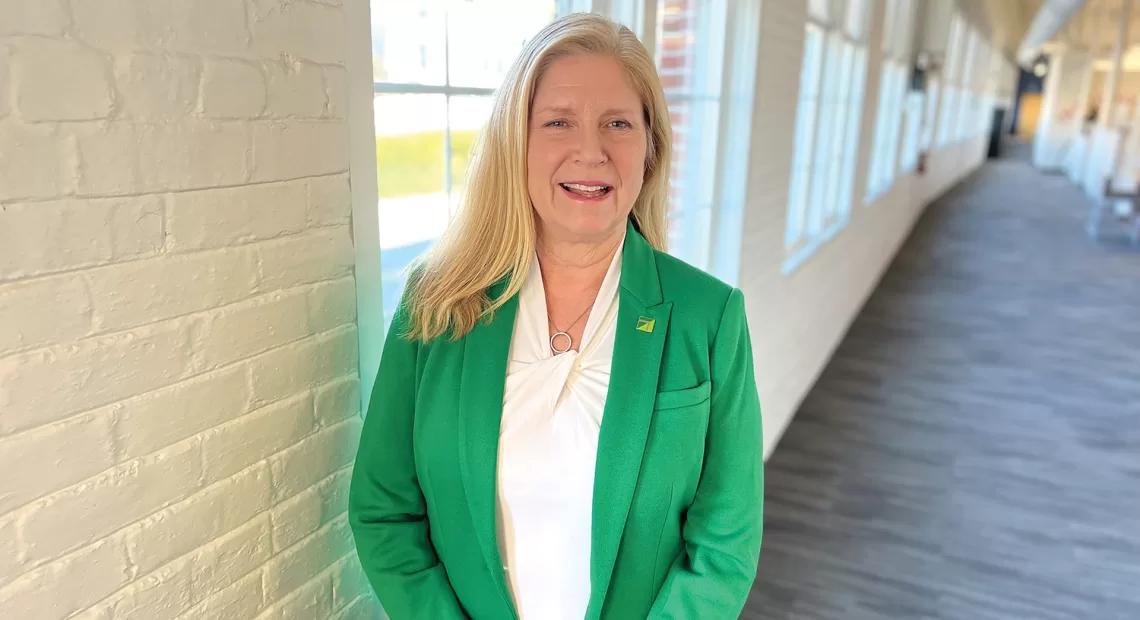

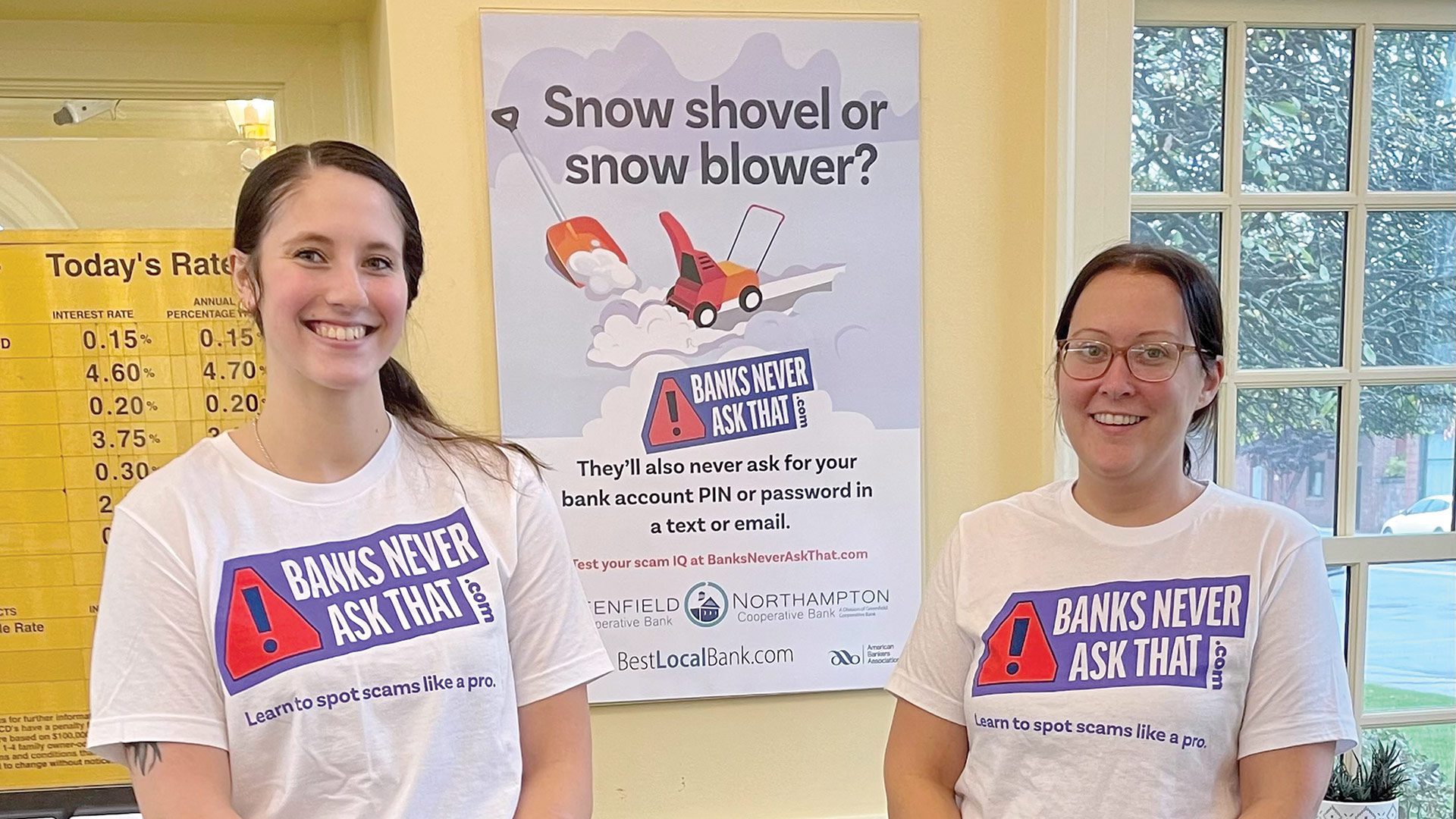
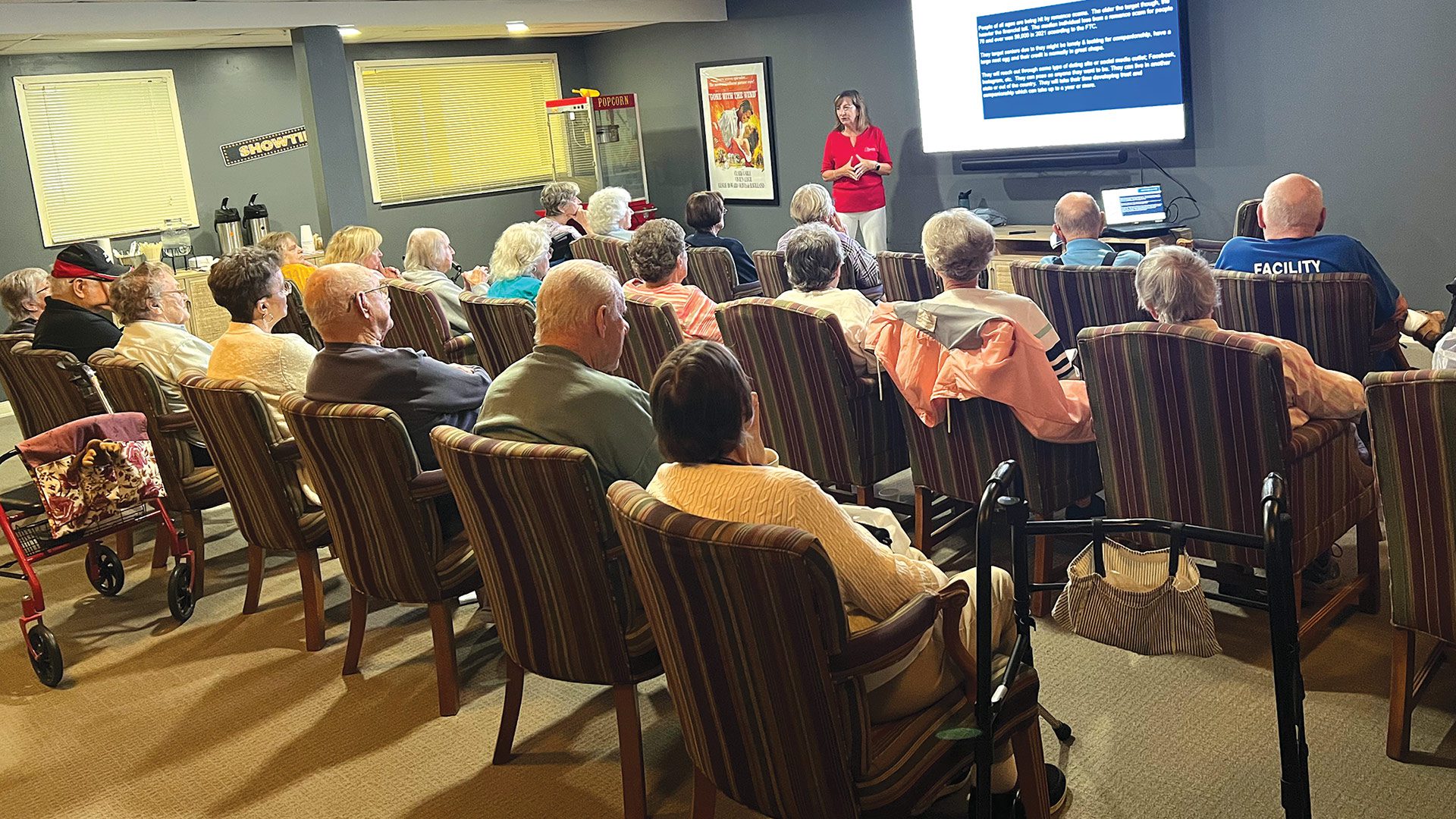
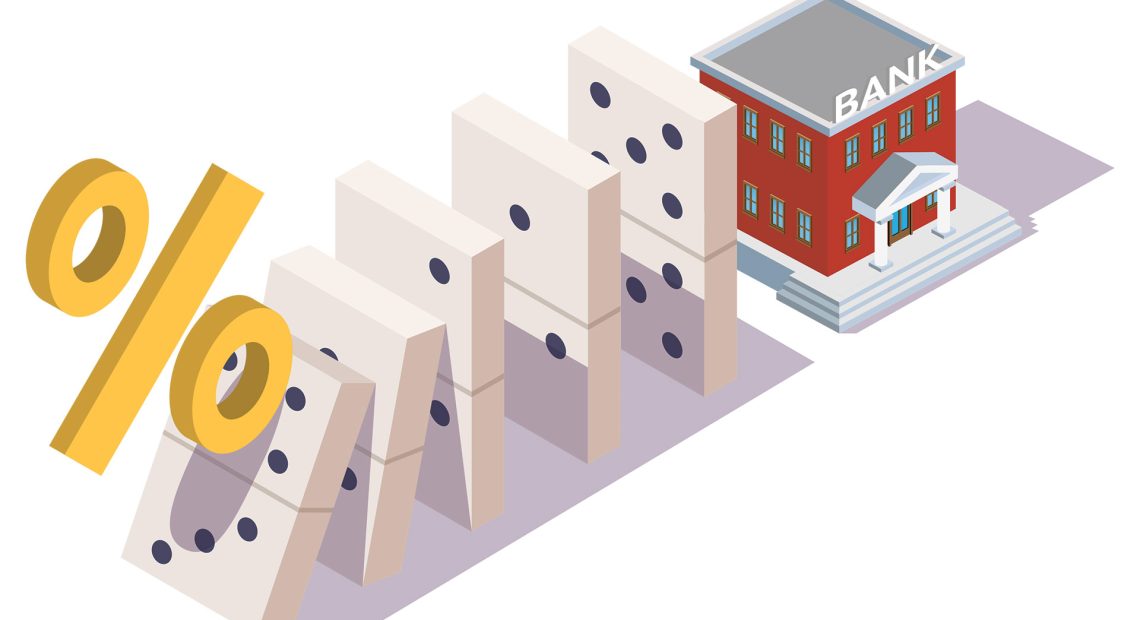
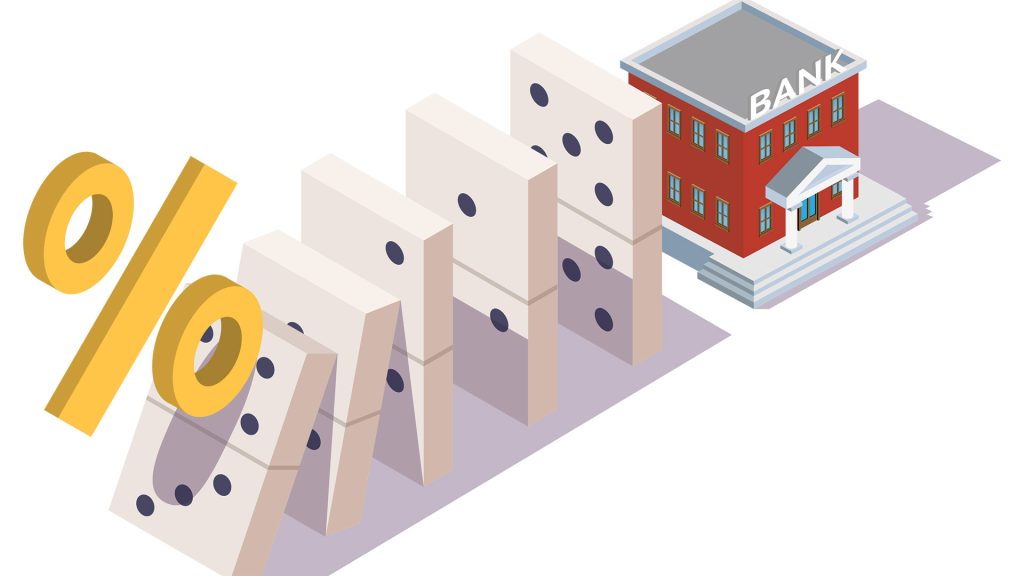
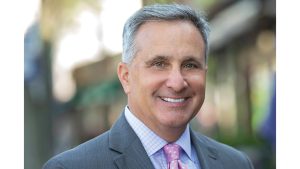
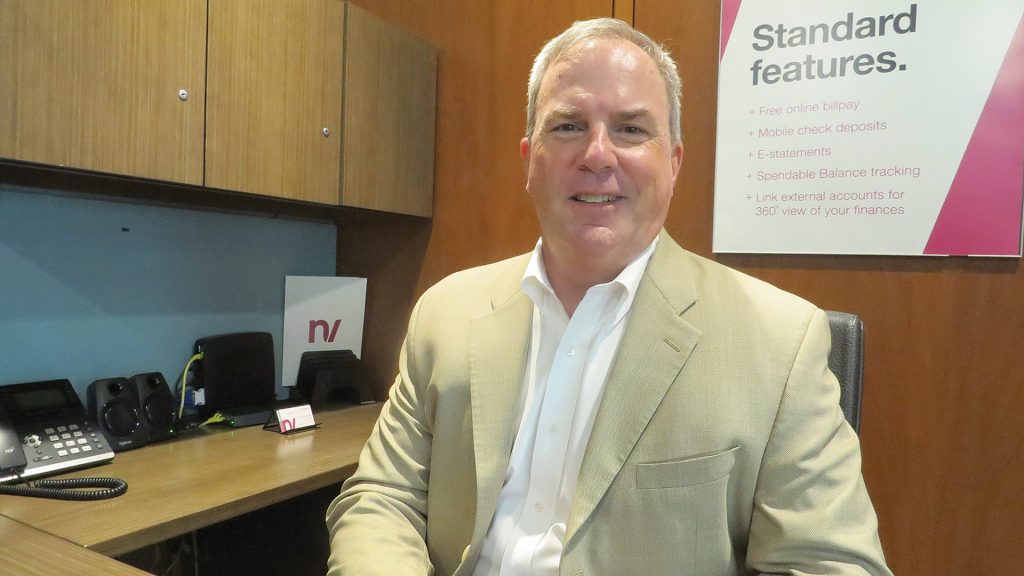
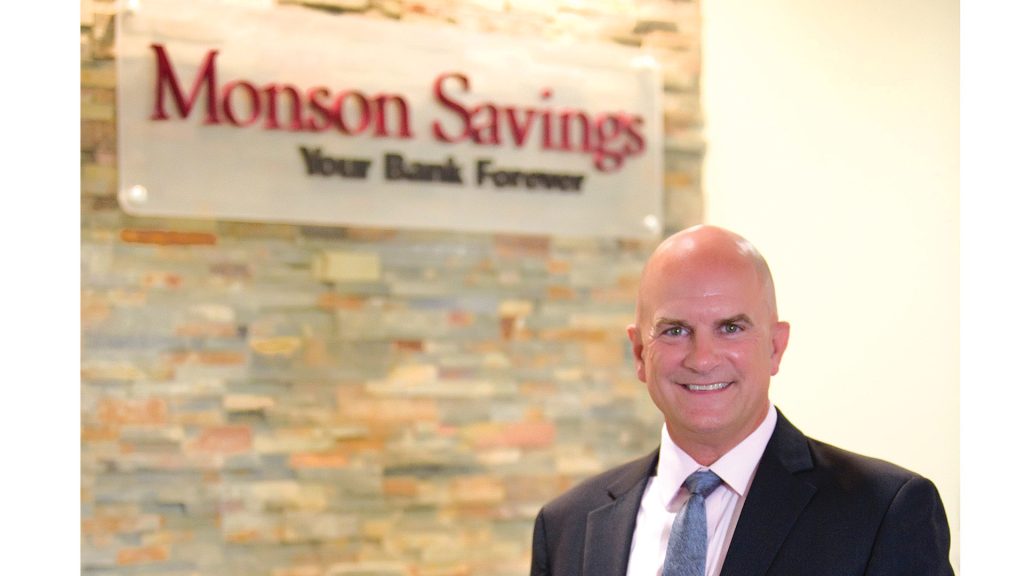
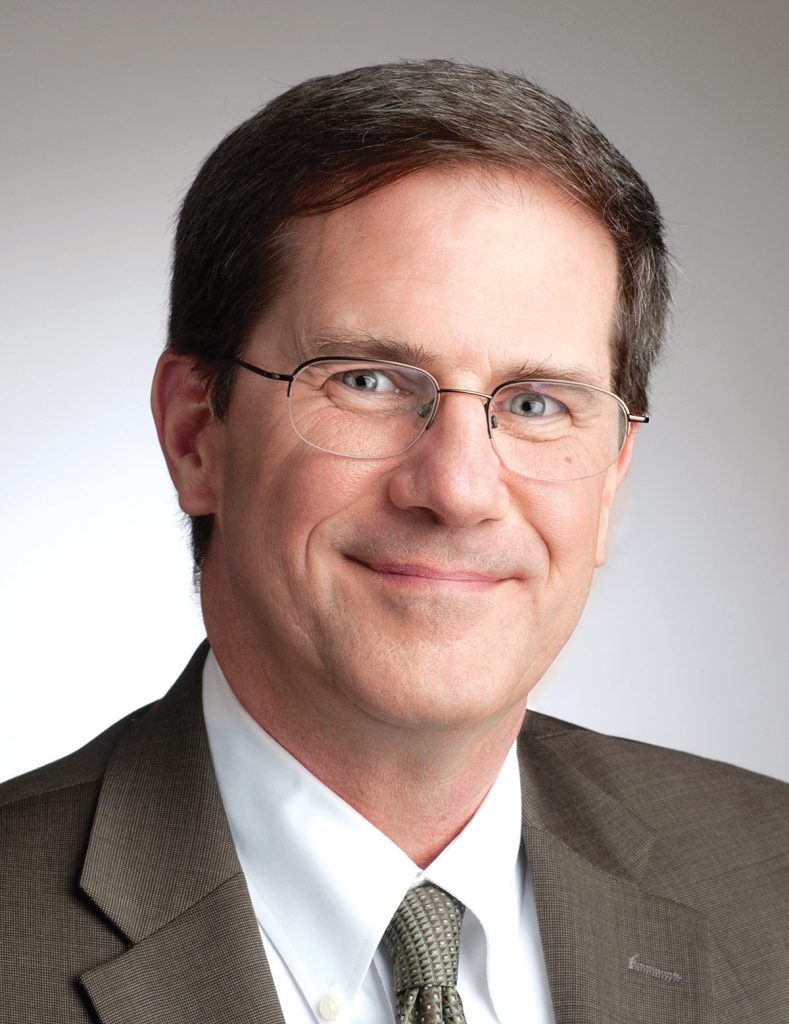

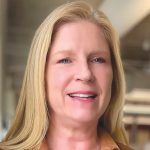

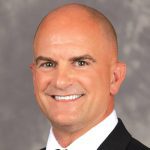
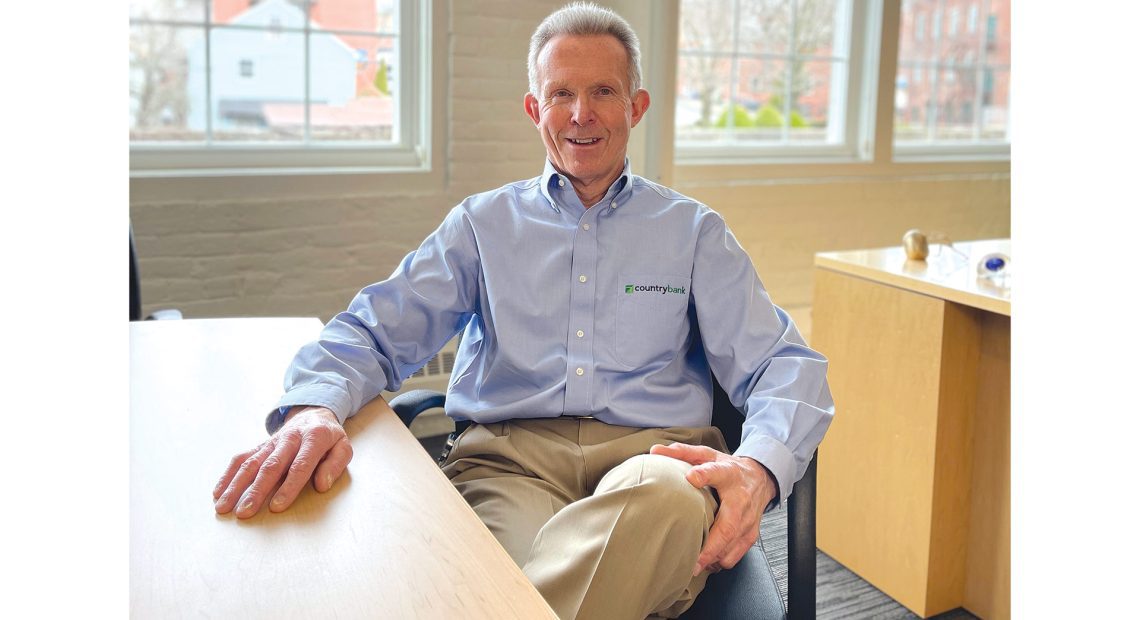
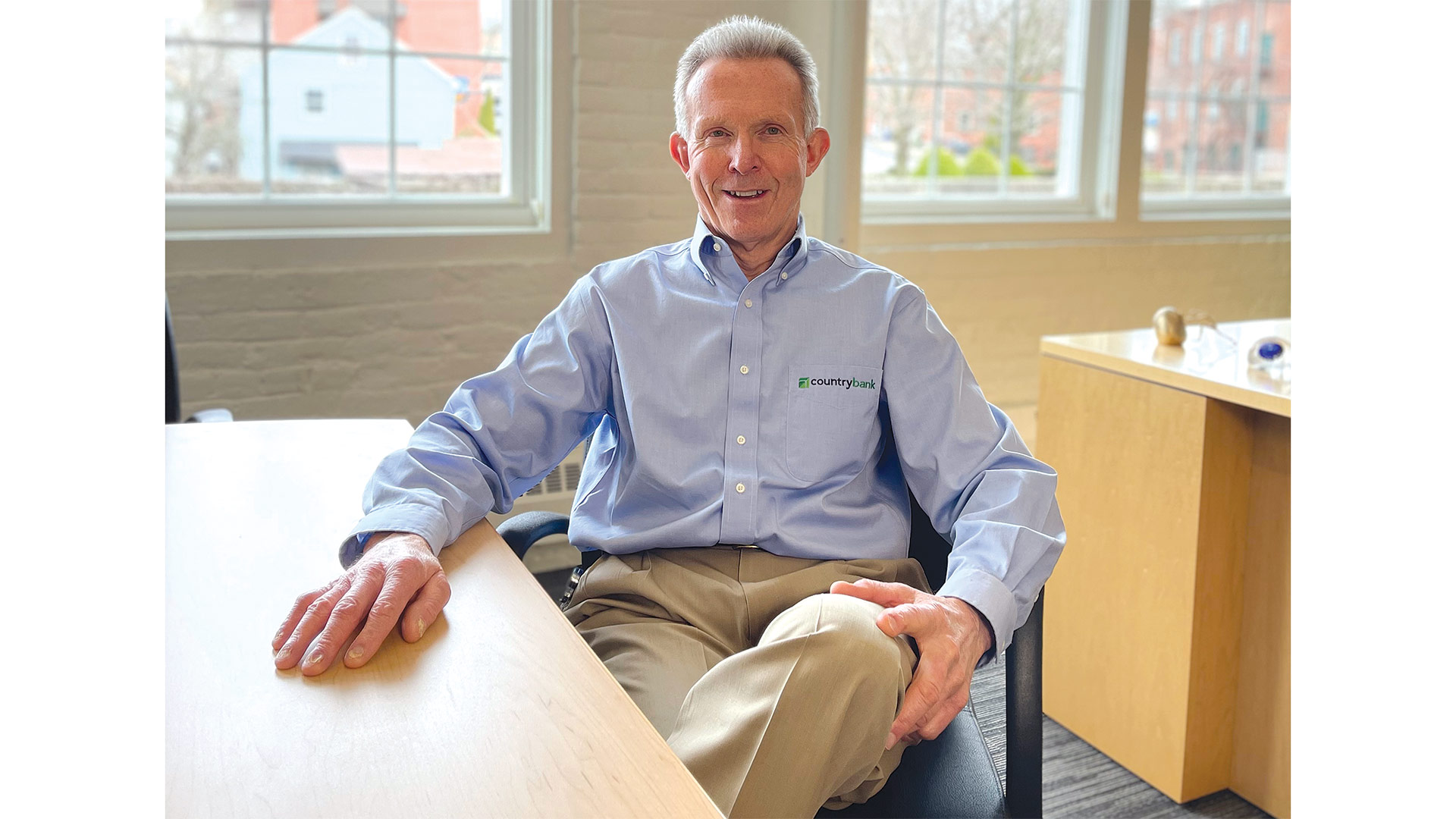
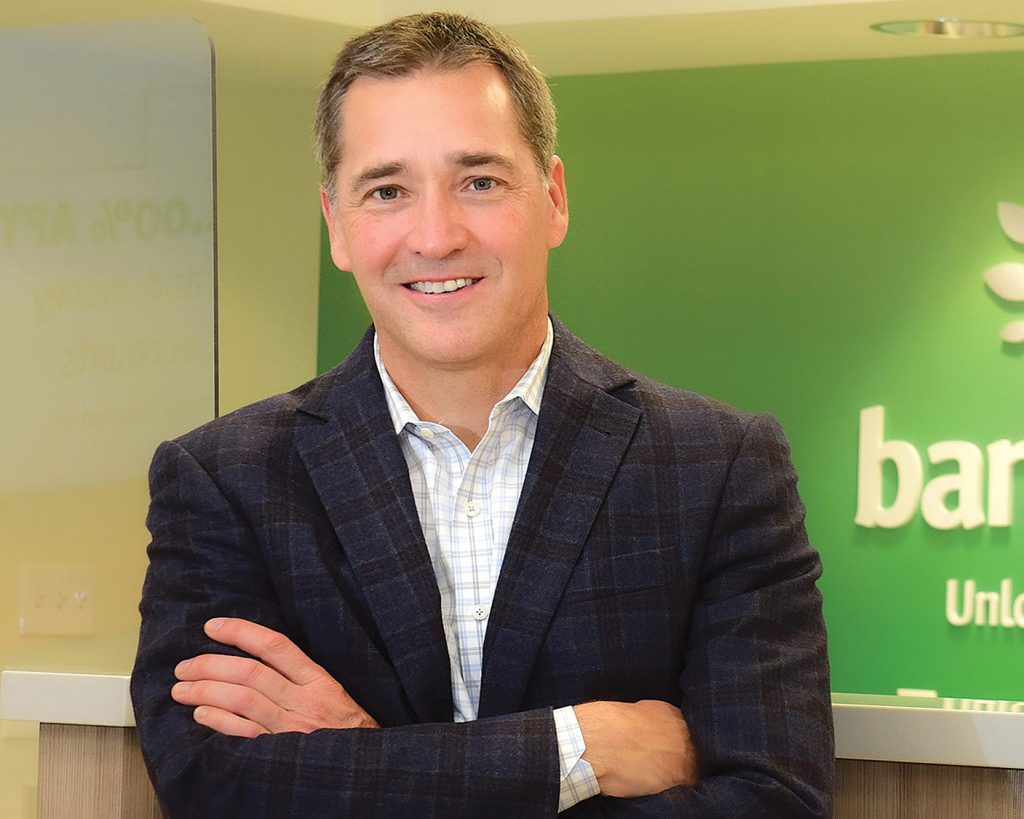
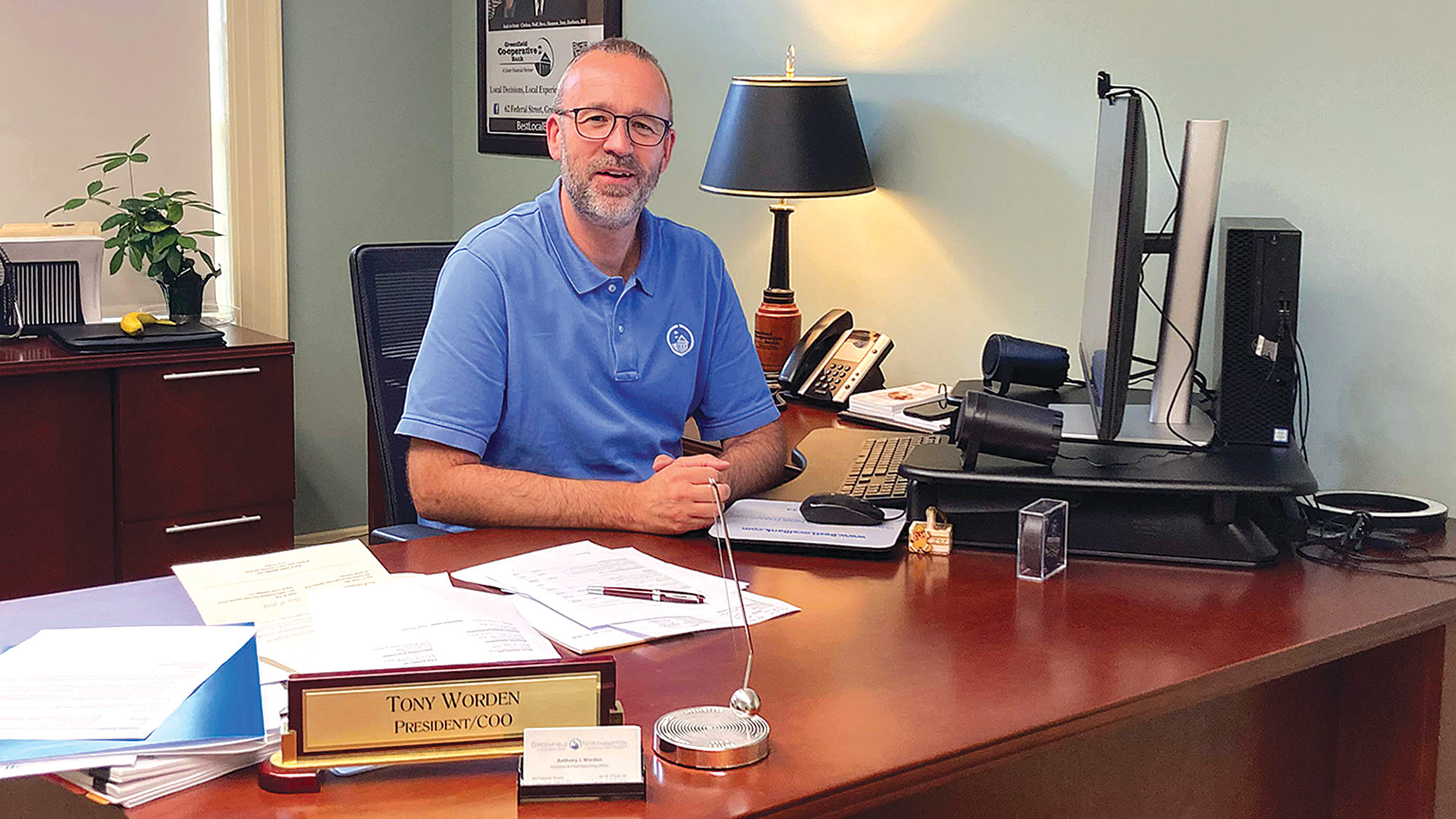
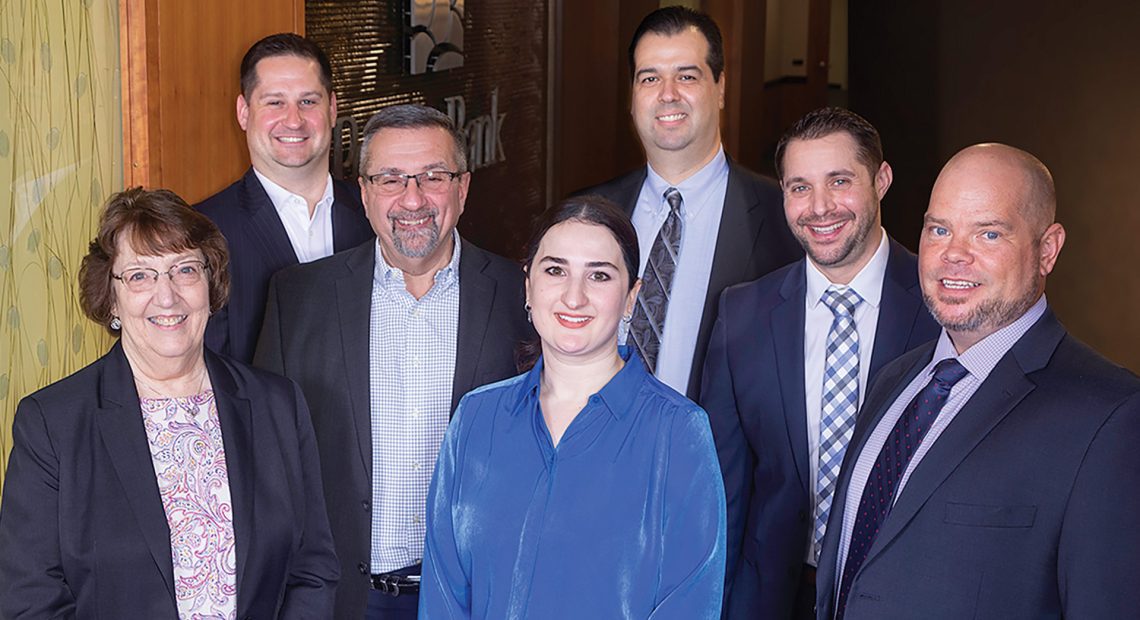
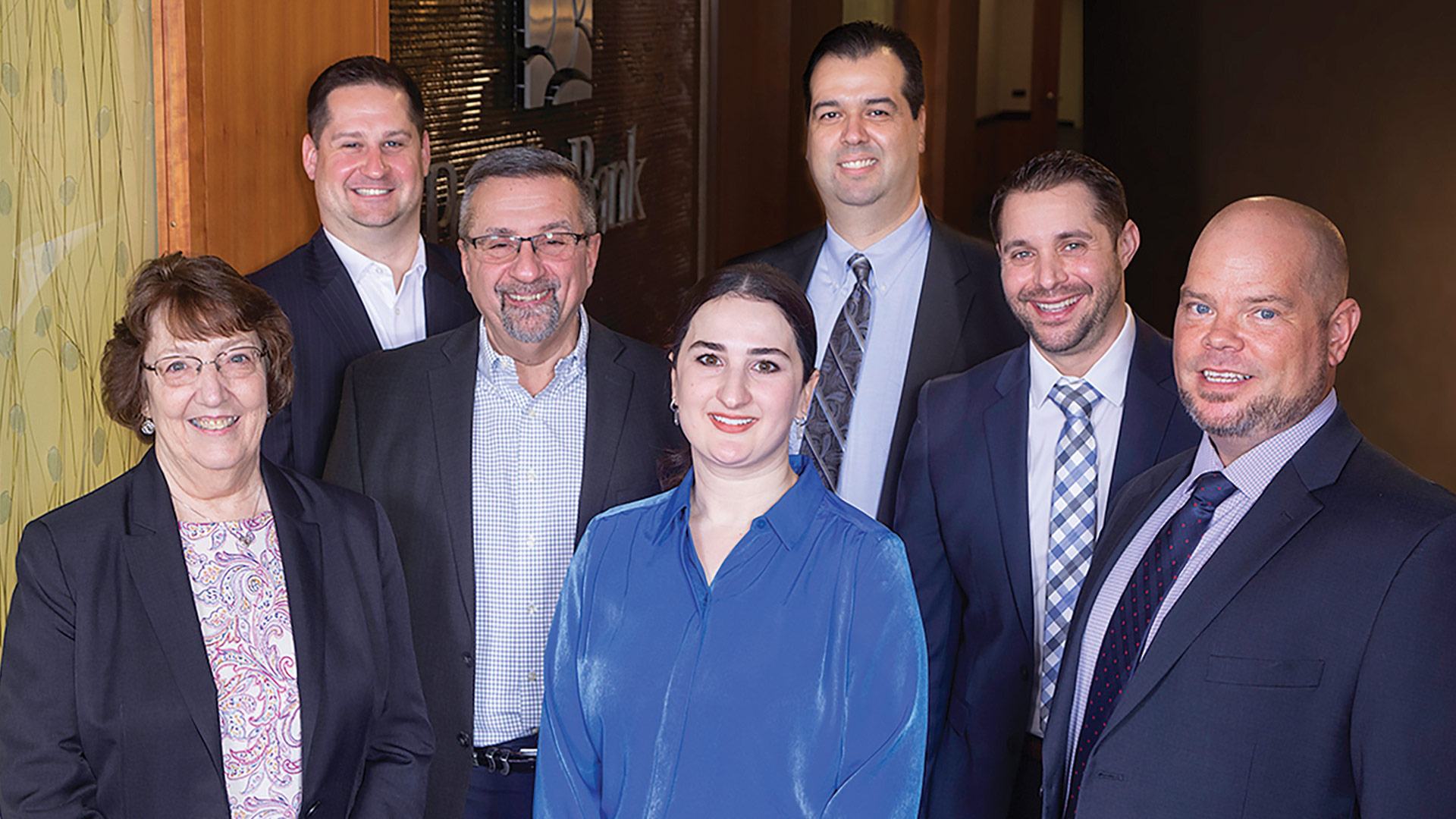



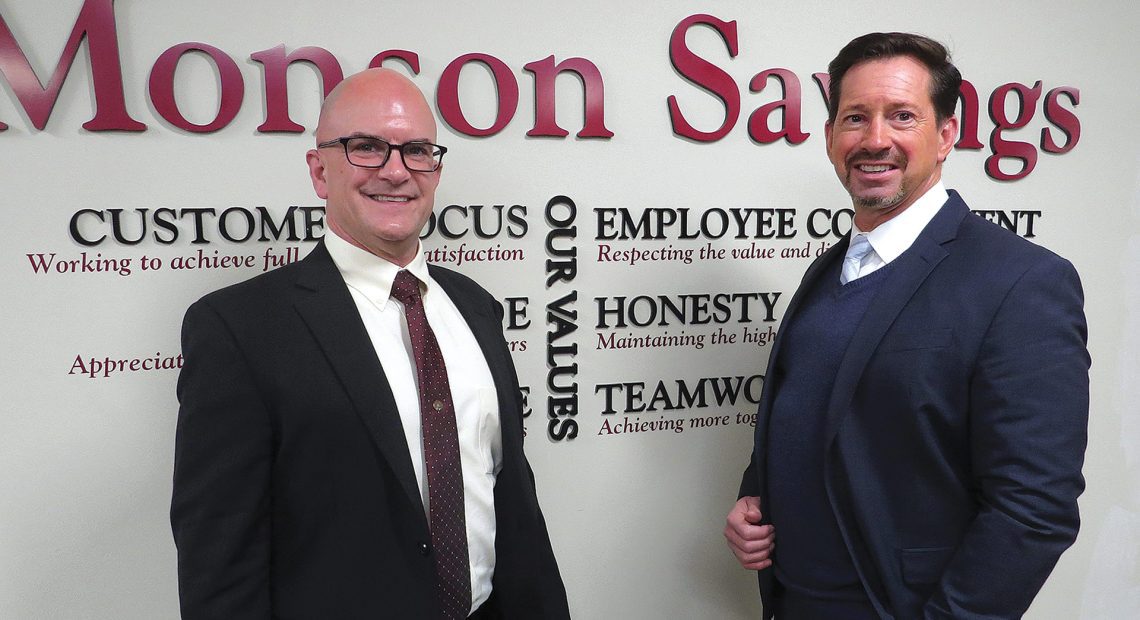
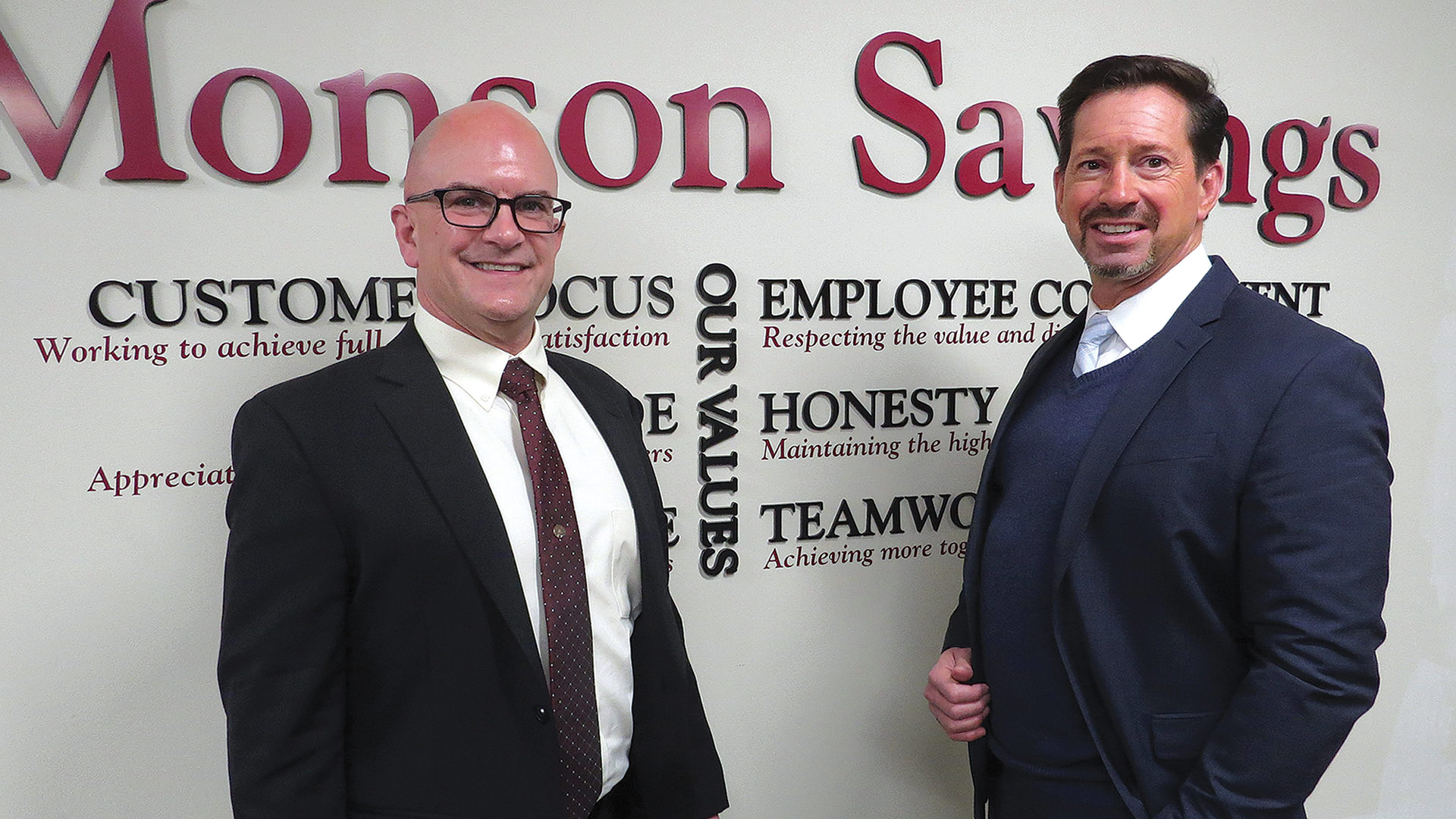
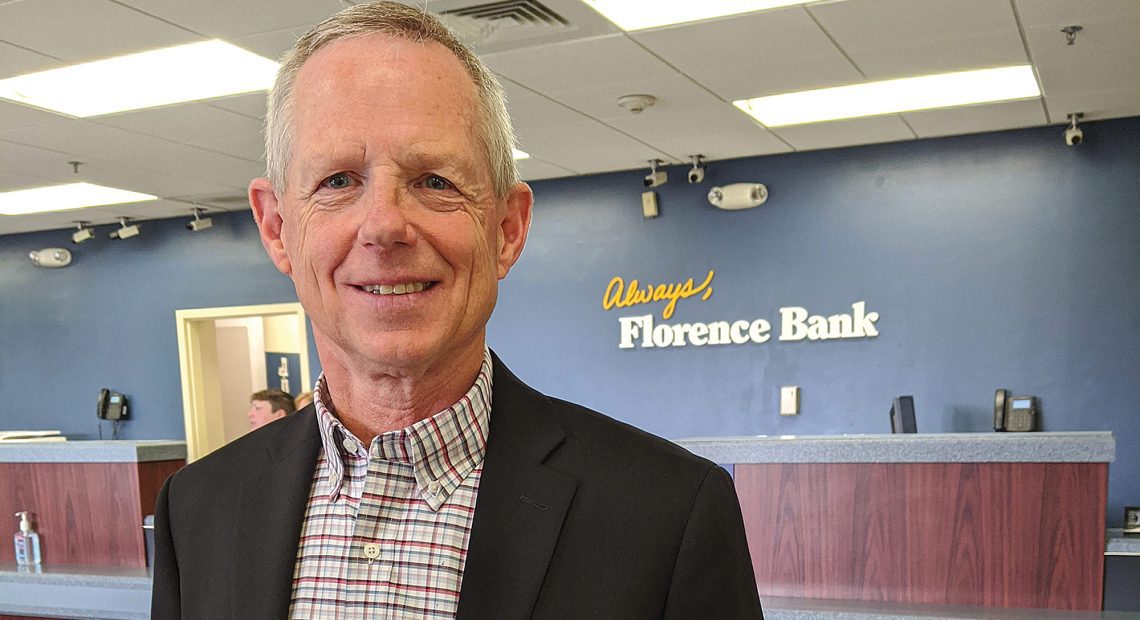
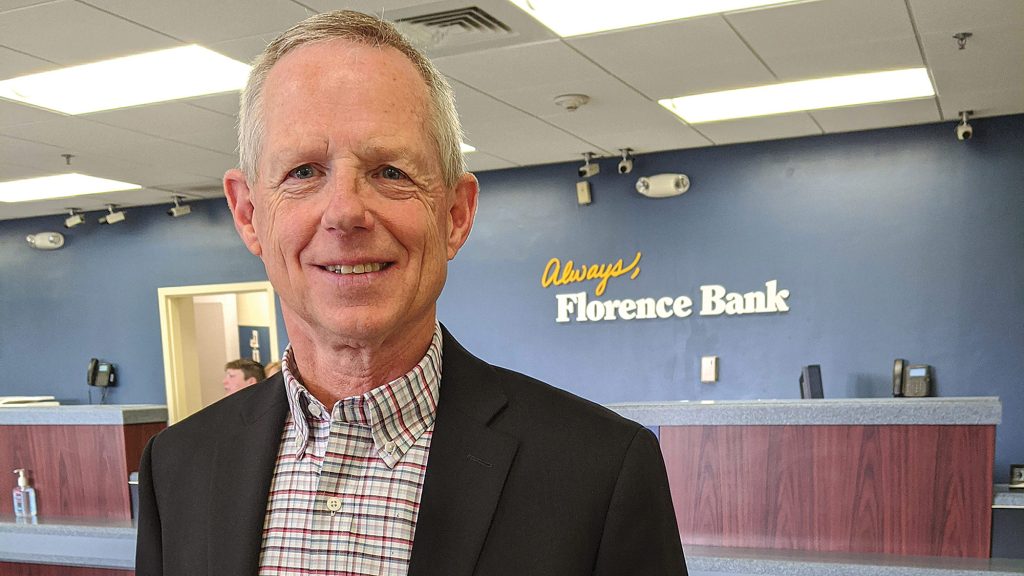
 “We had new requests coming in that we never had before because of agencies that were feeling an impact from a surge of families and individuals needing support because of the pandemic.”
“We had new requests coming in that we never had before because of agencies that were feeling an impact from a surge of families and individuals needing support because of the pandemic.” “During the pandemic, we were thinking creatively about what else can we do that’s different than what we’ve done in the past to support different folks. In some cases, it was really kind of doubling down on our efforts because the needs jumped more than expected.”
“During the pandemic, we were thinking creatively about what else can we do that’s different than what we’ve done in the past to support different folks. In some cases, it was really kind of doubling down on our efforts because the needs jumped more than expected.”